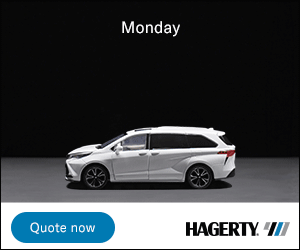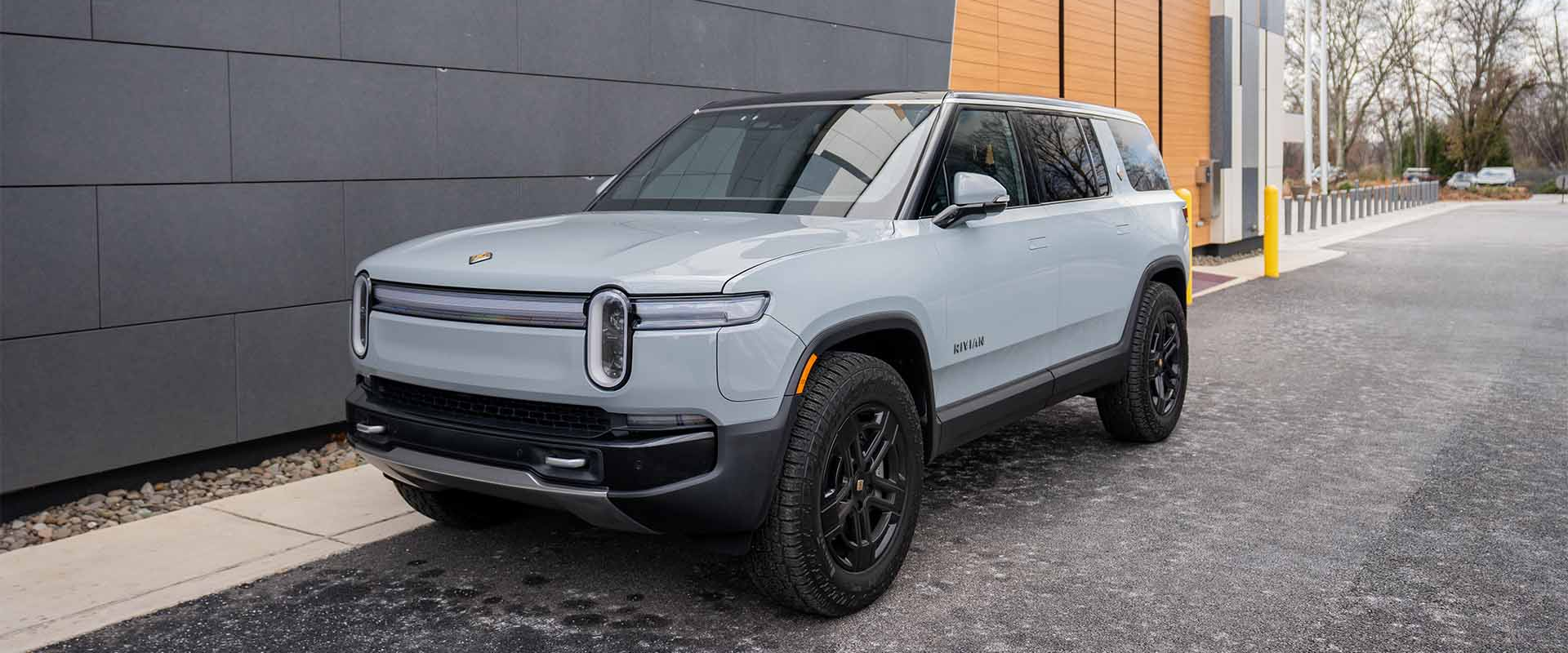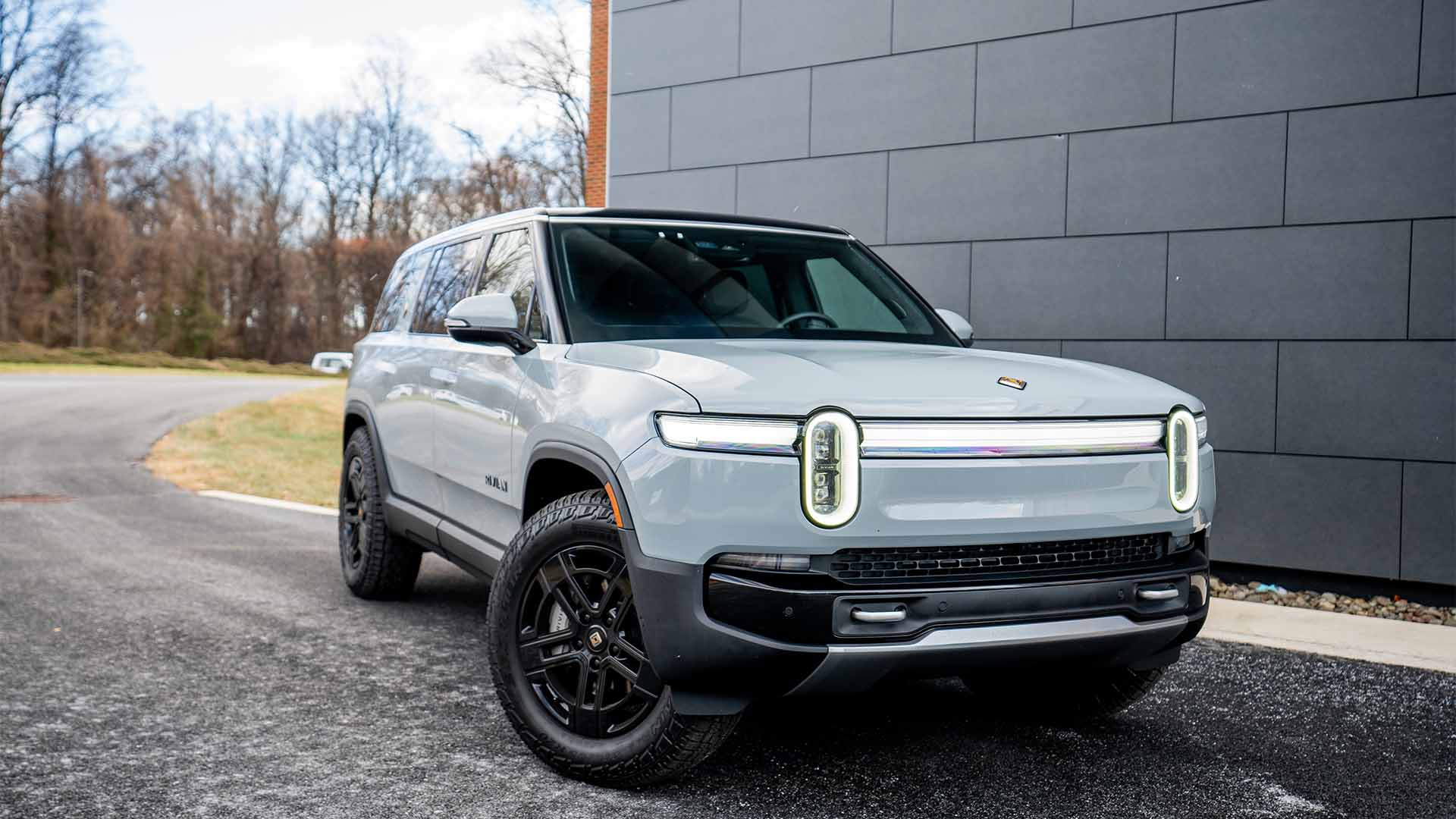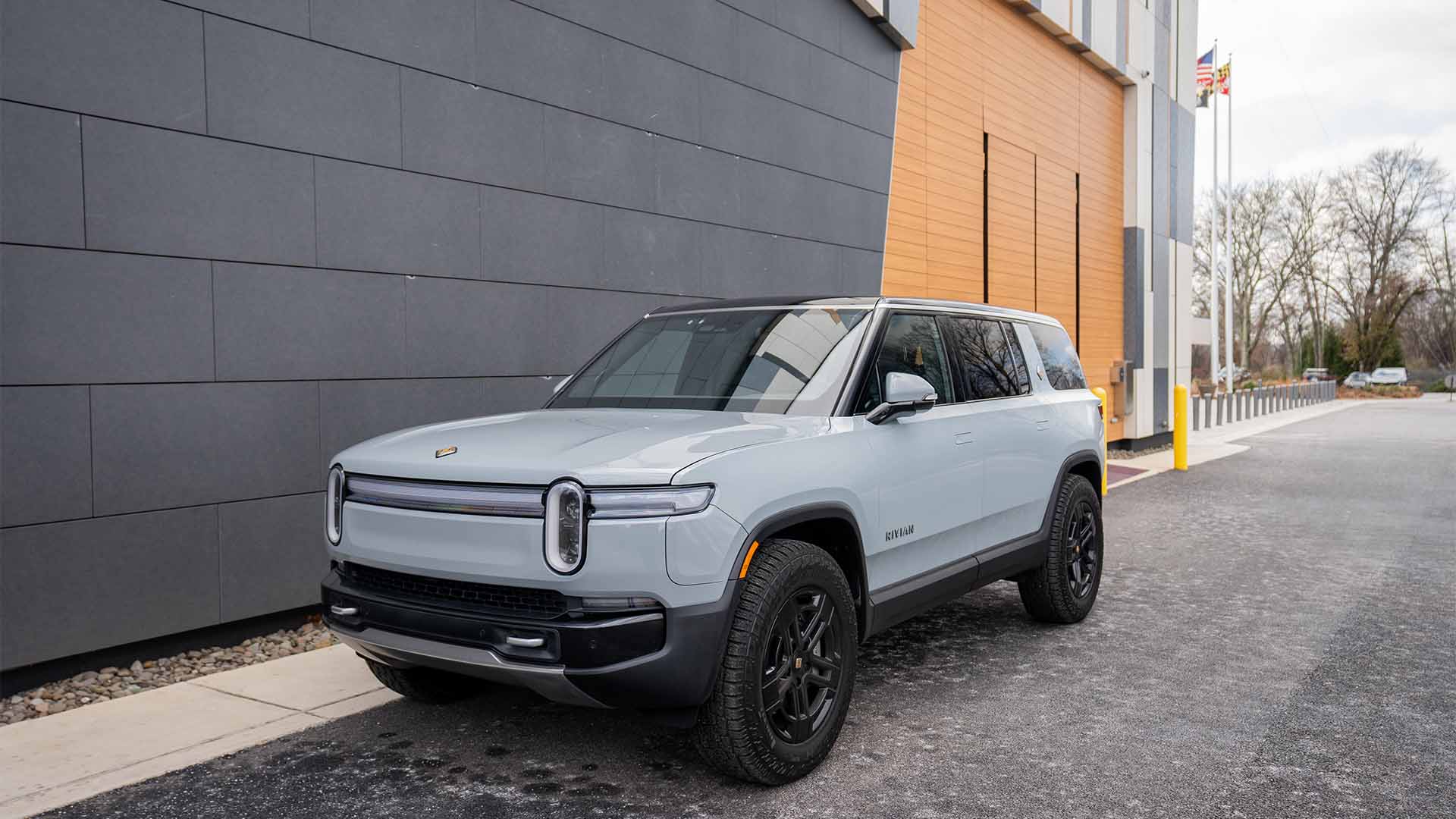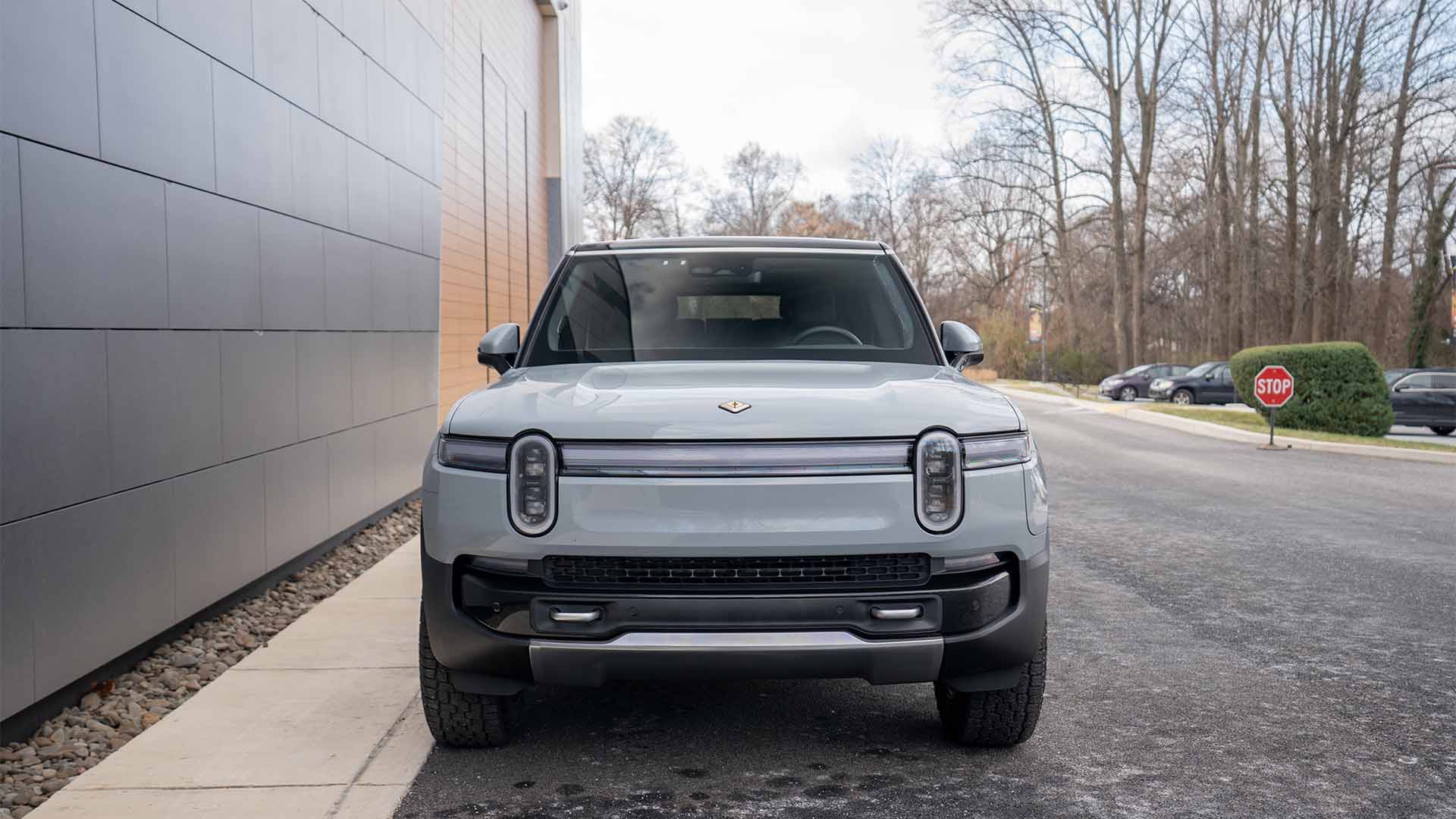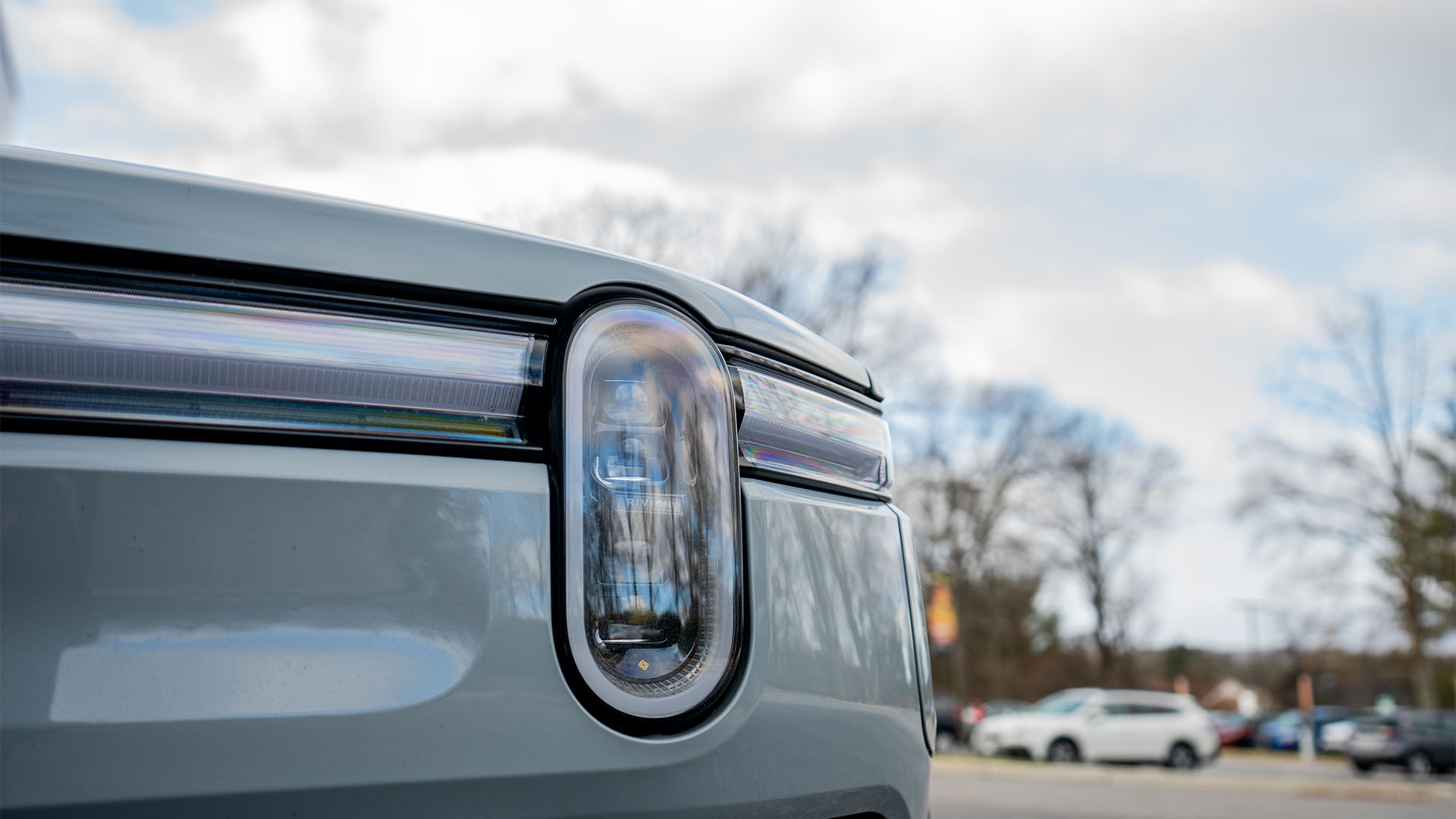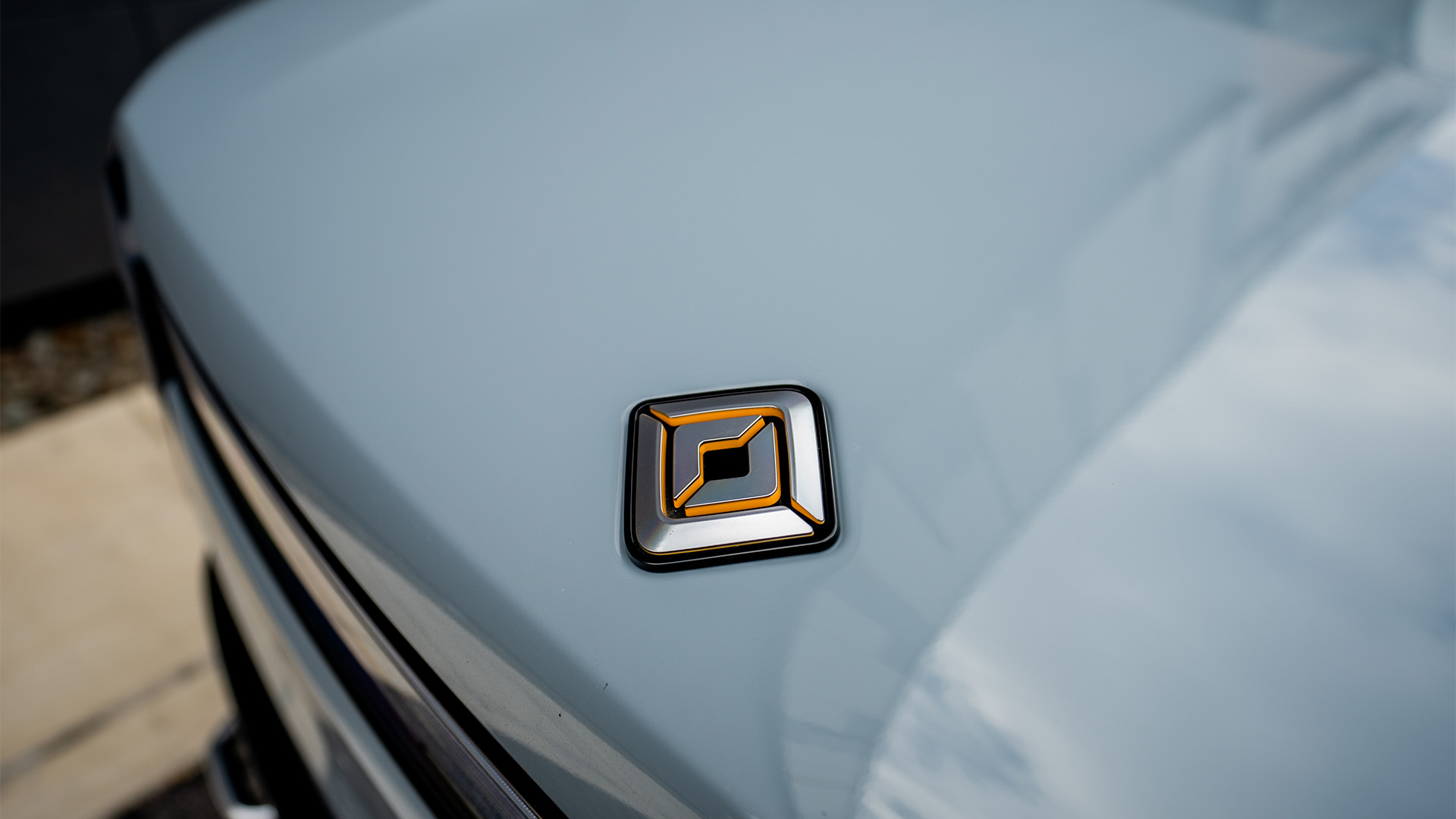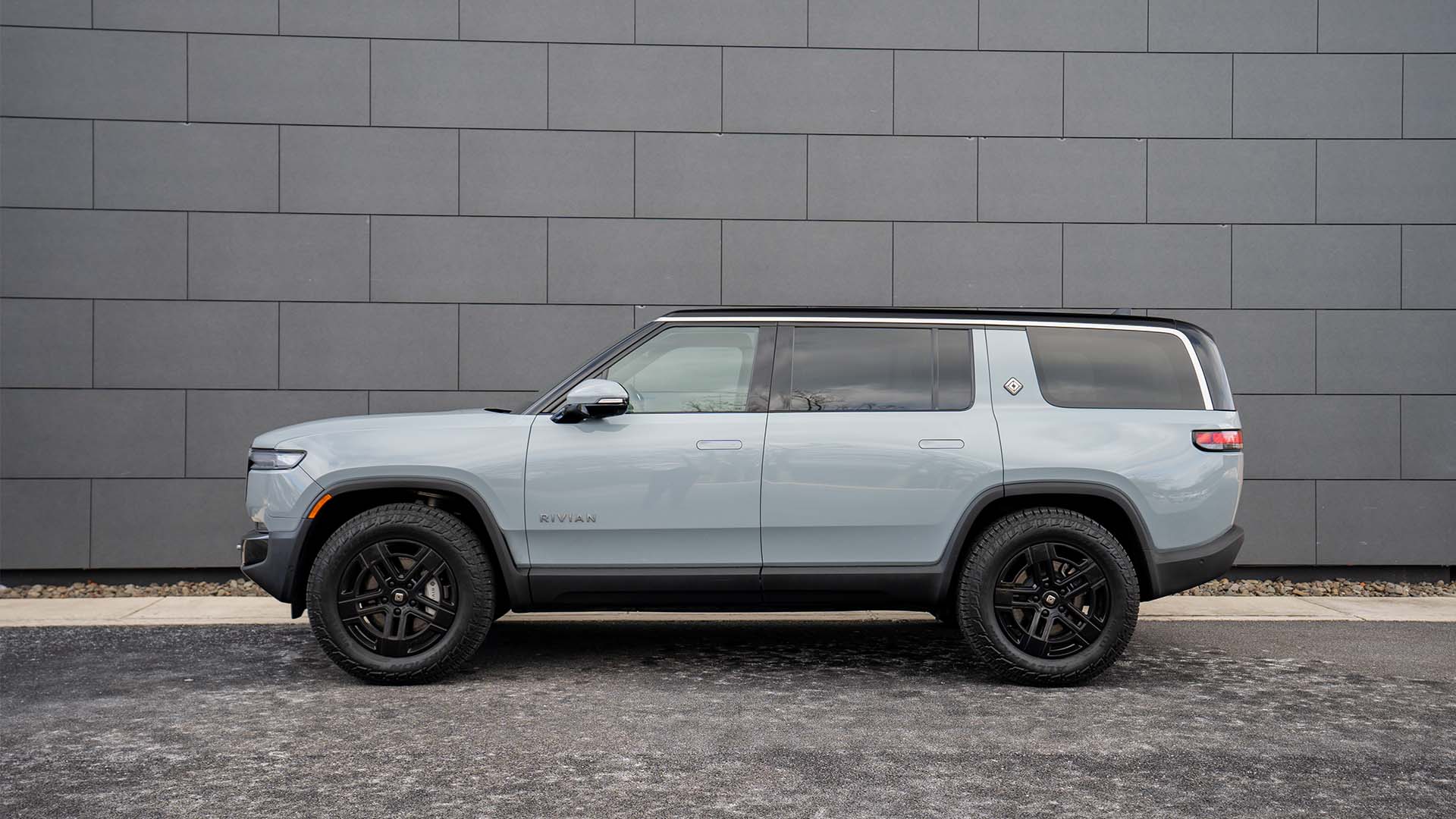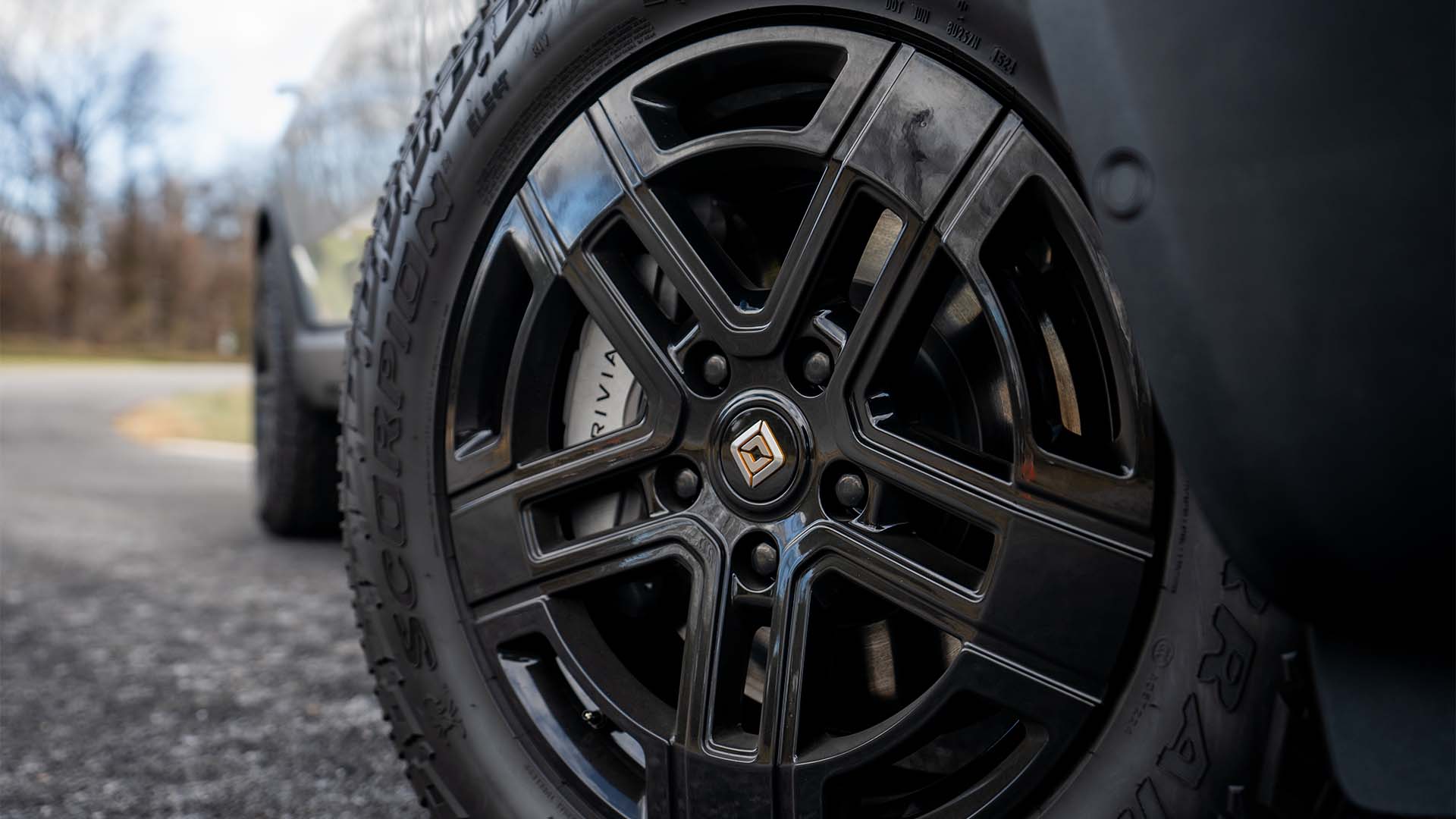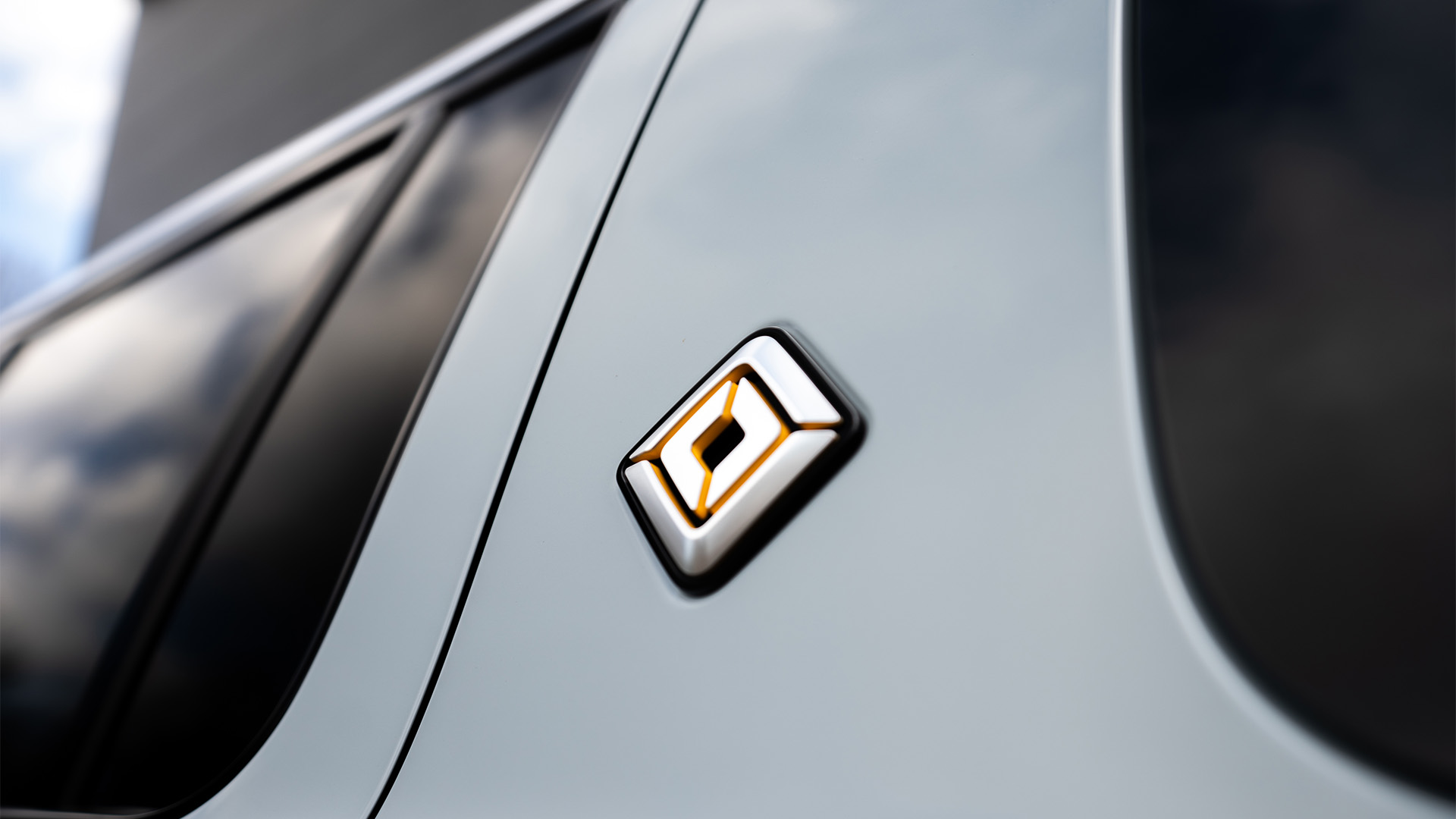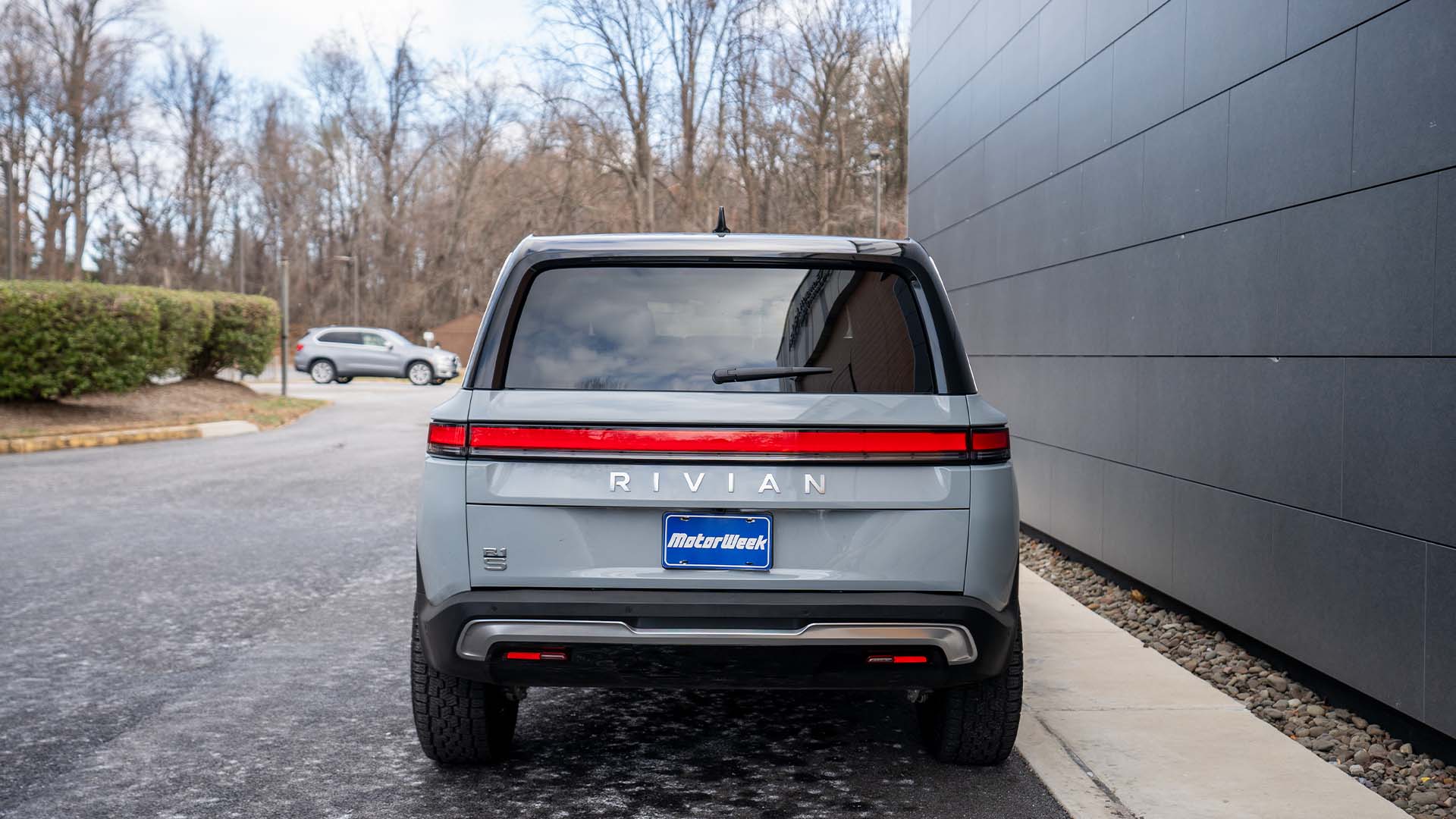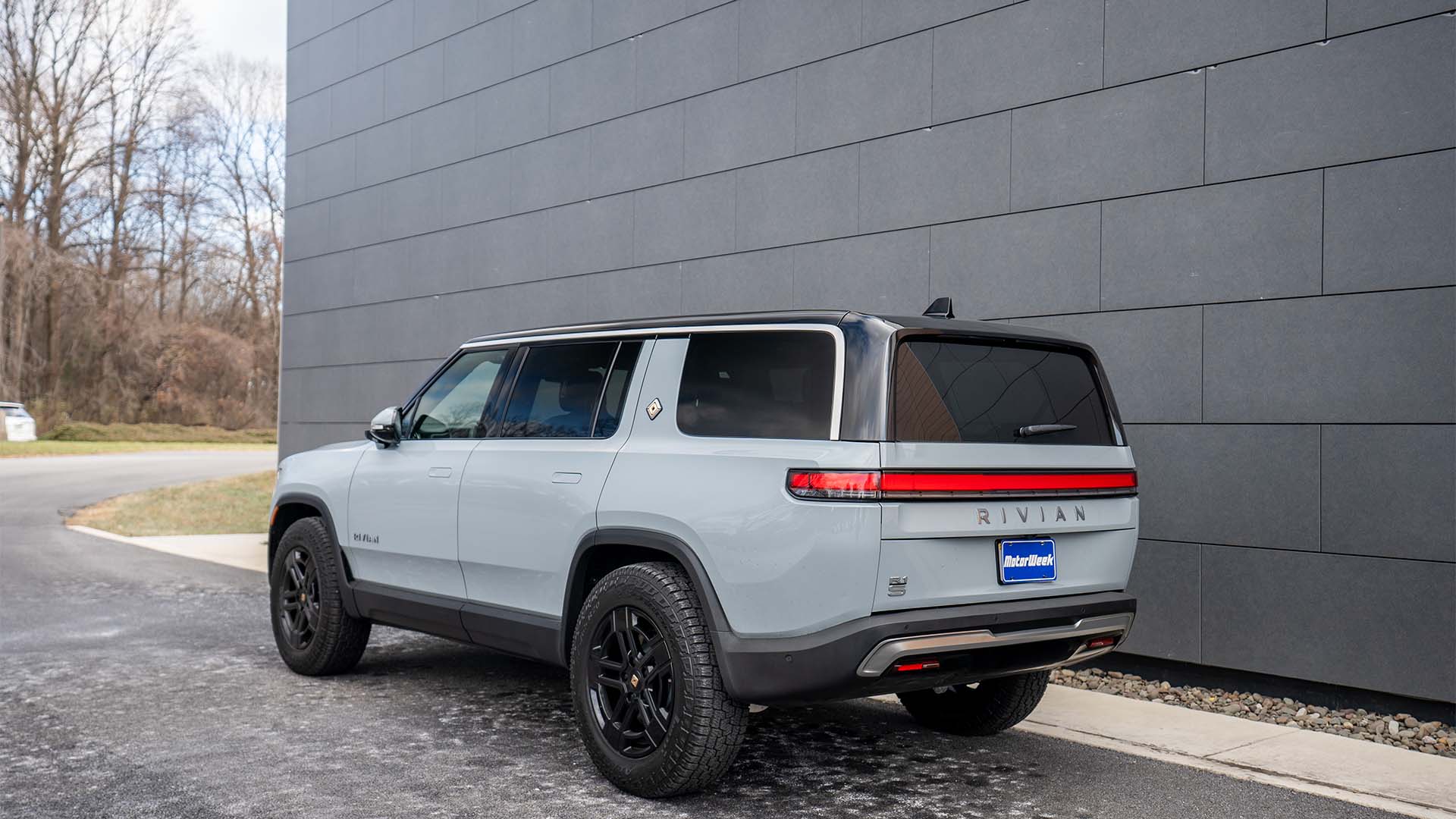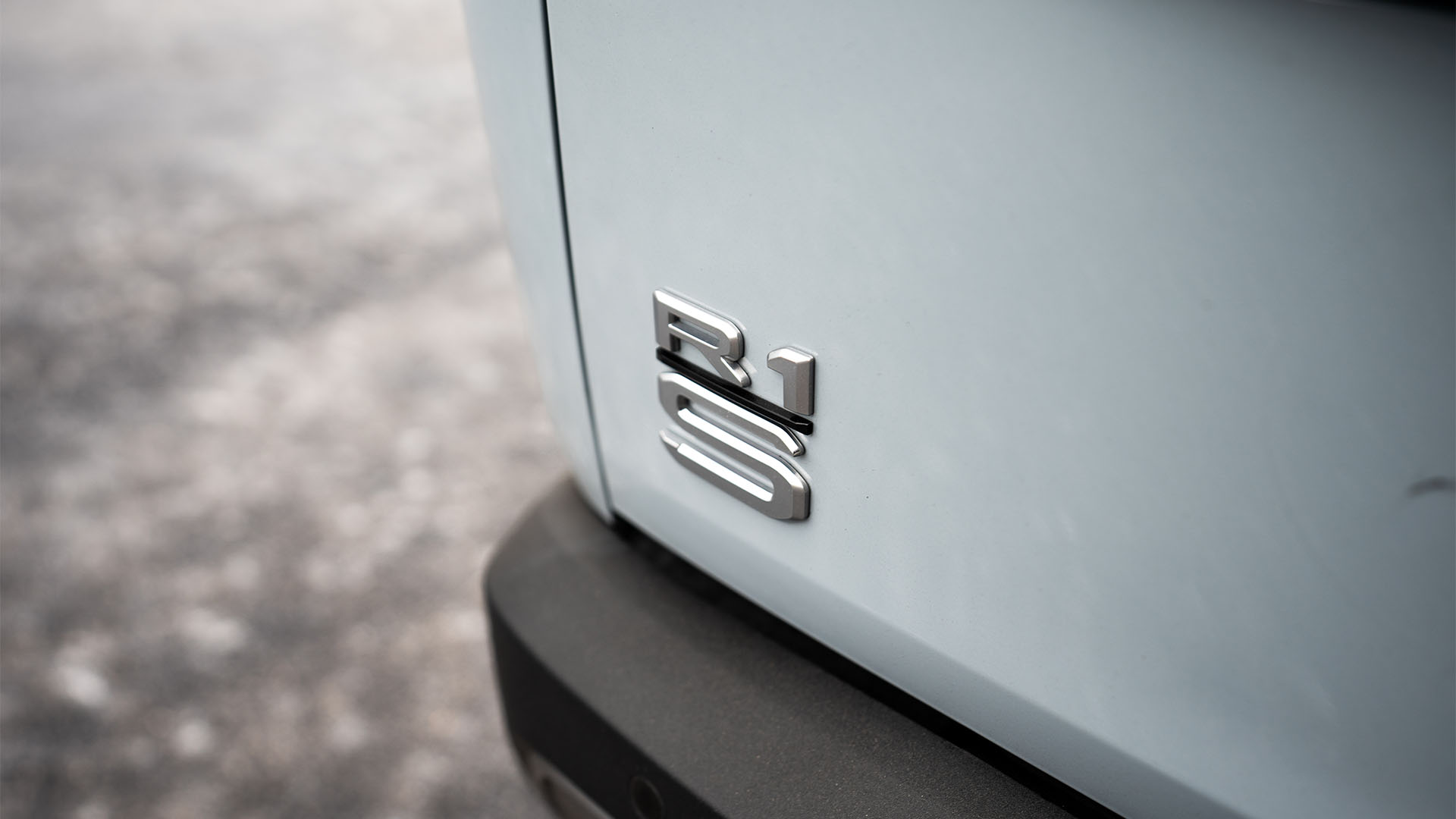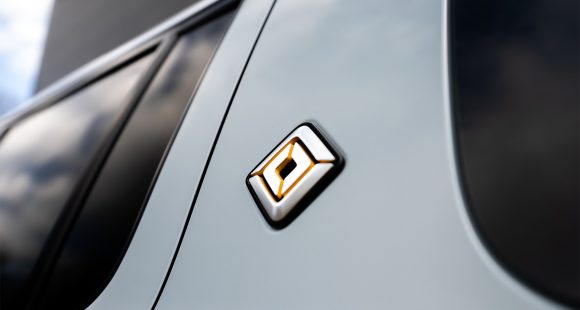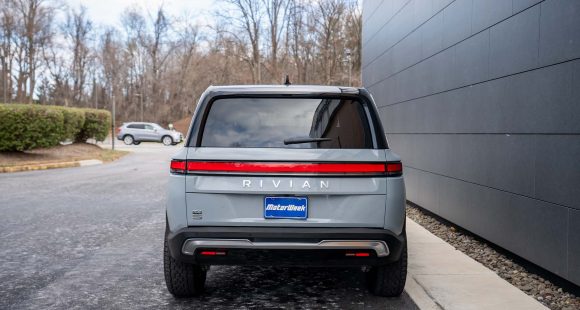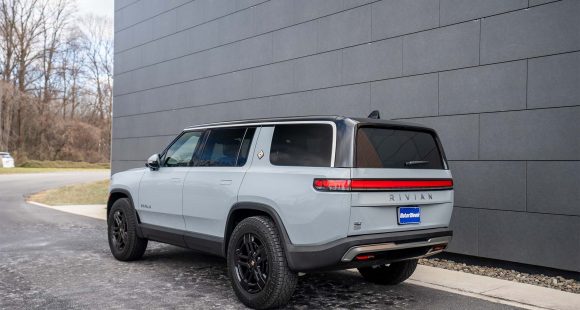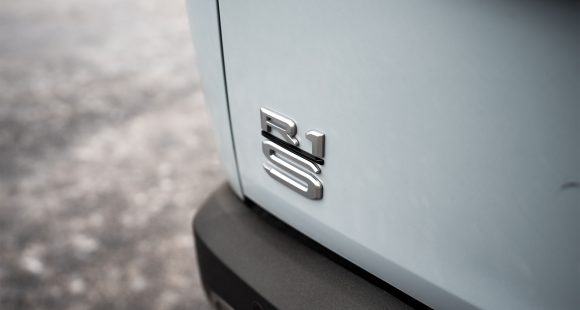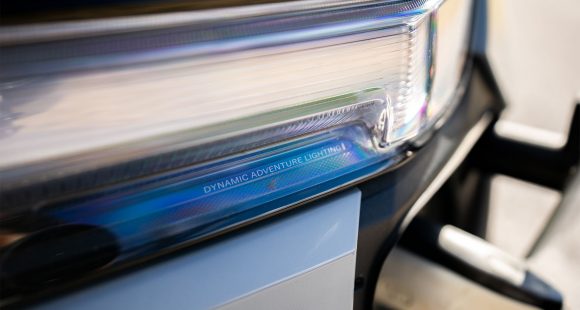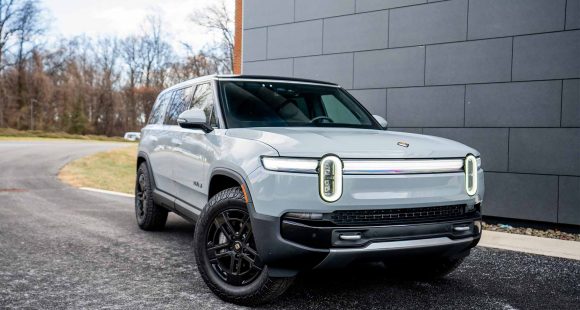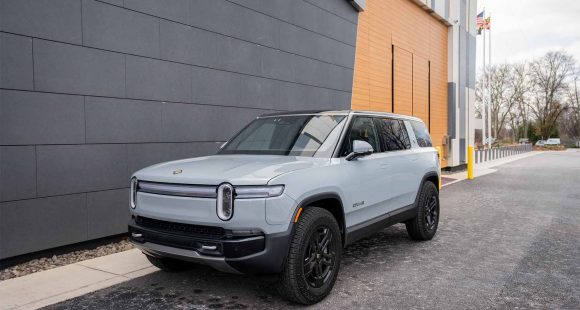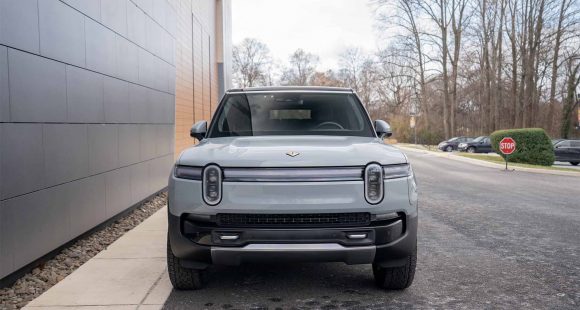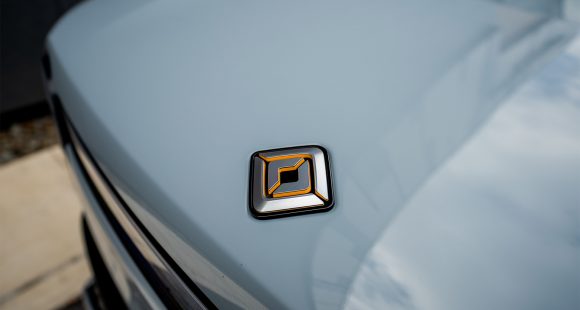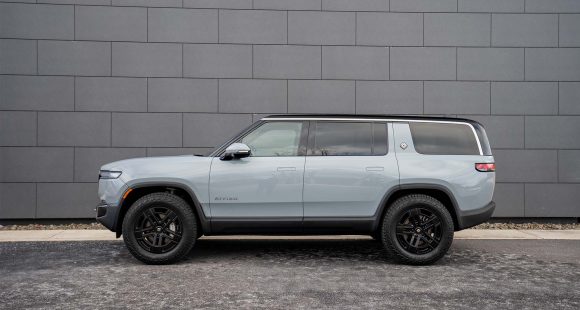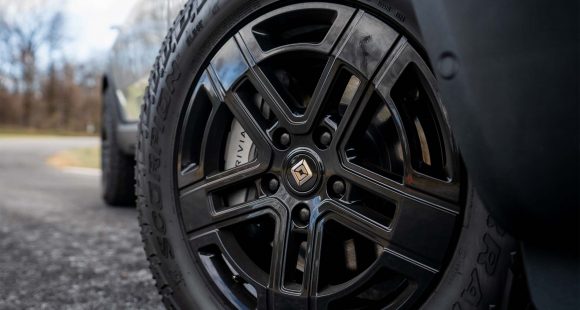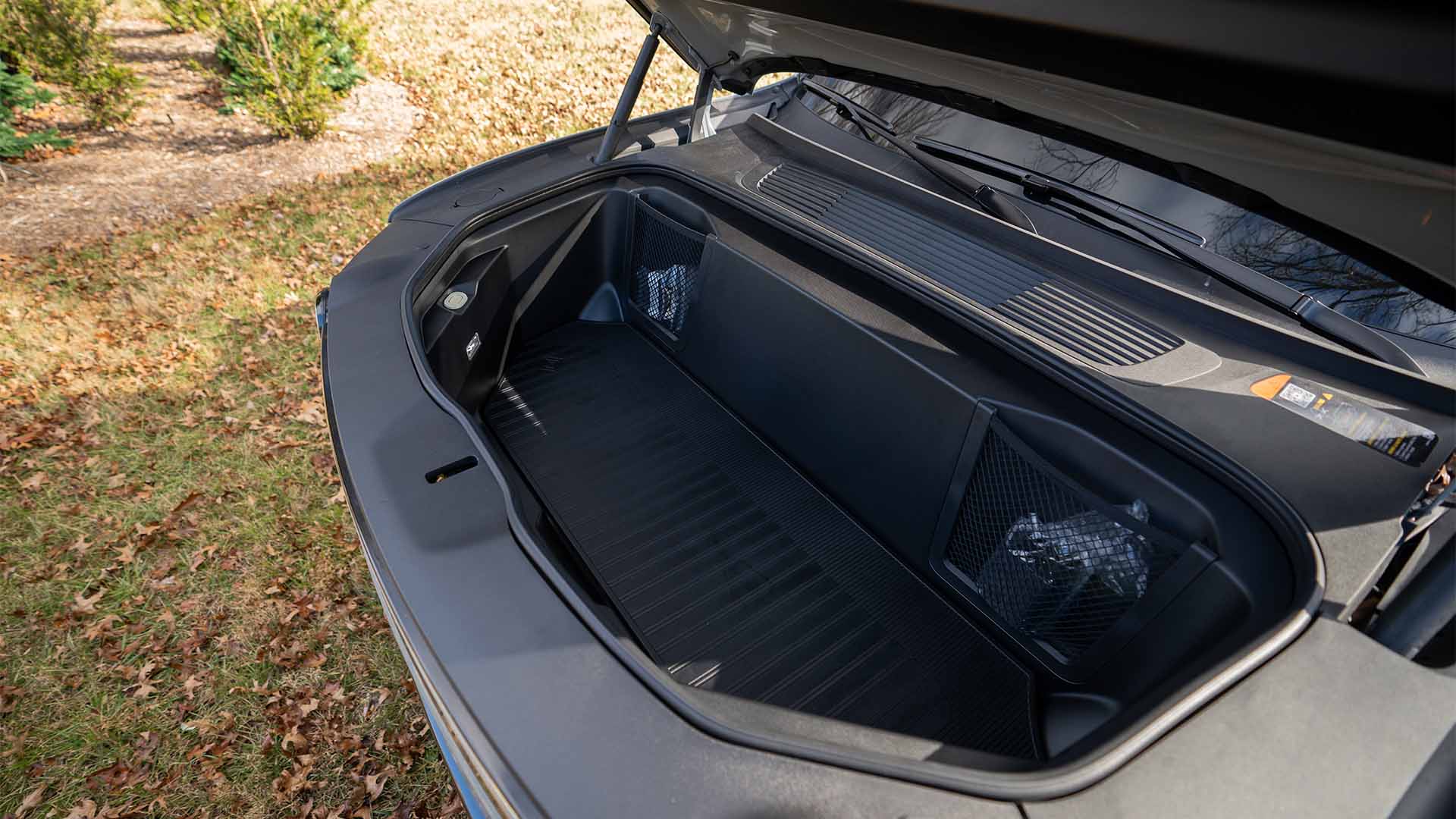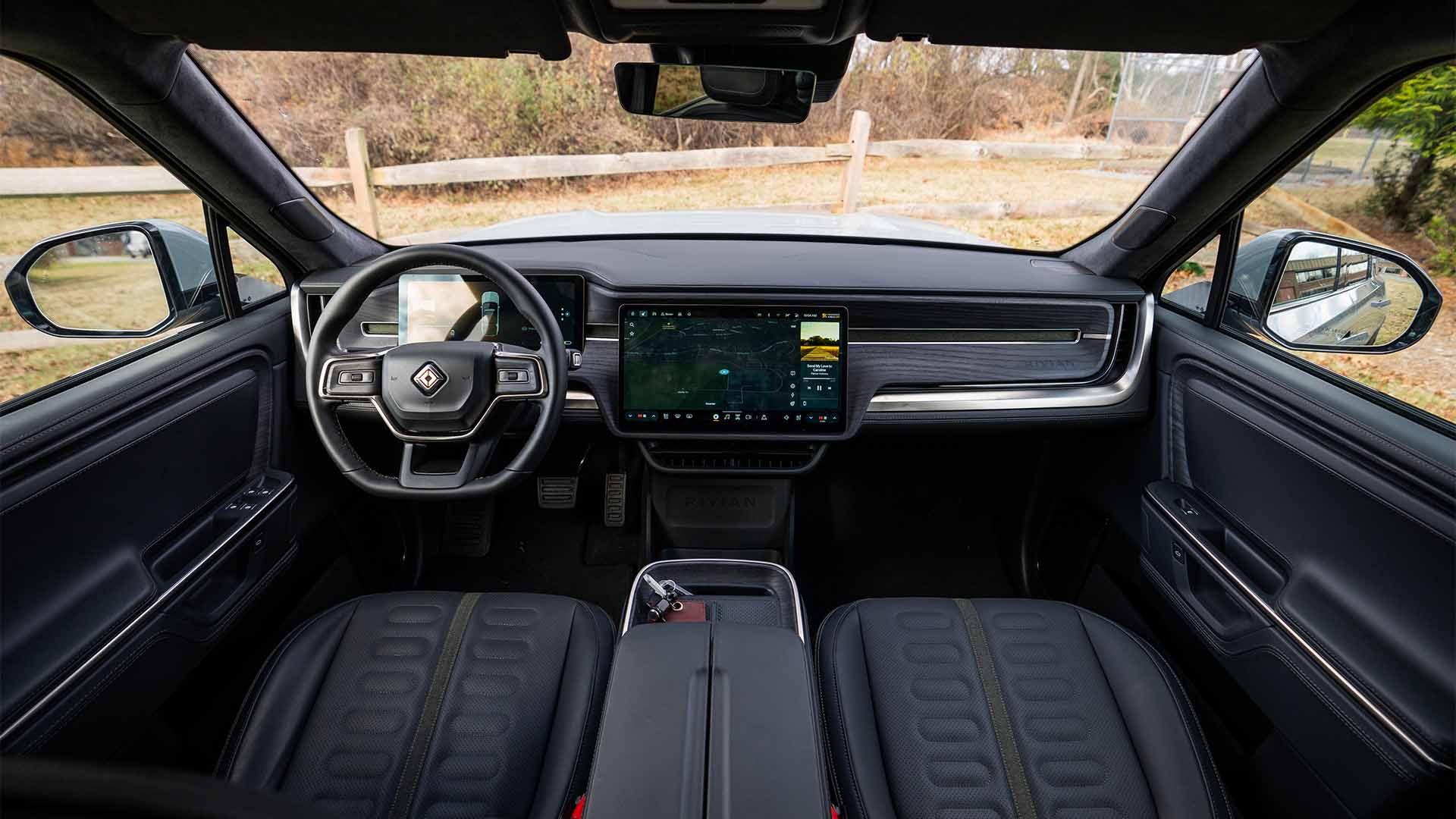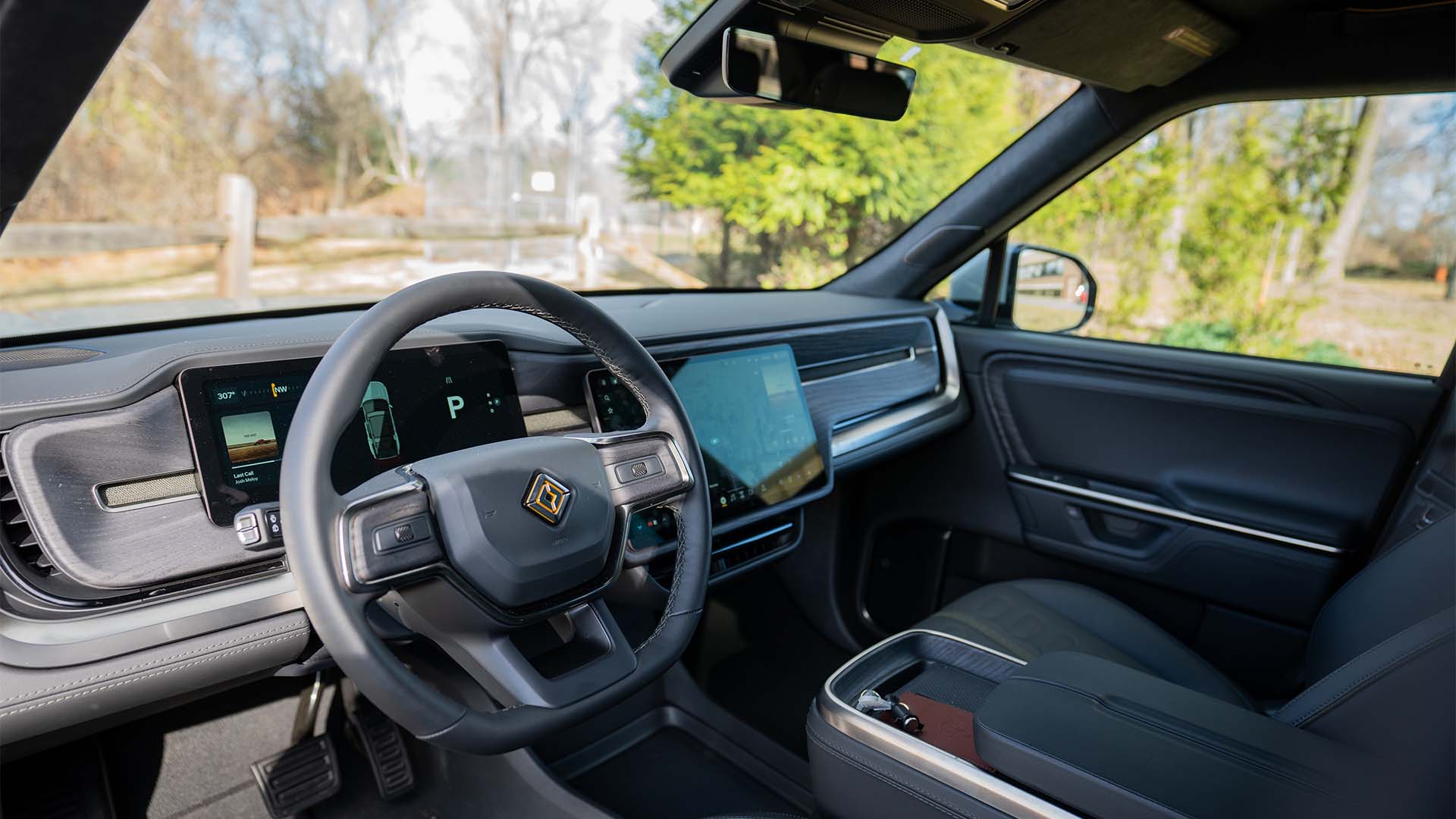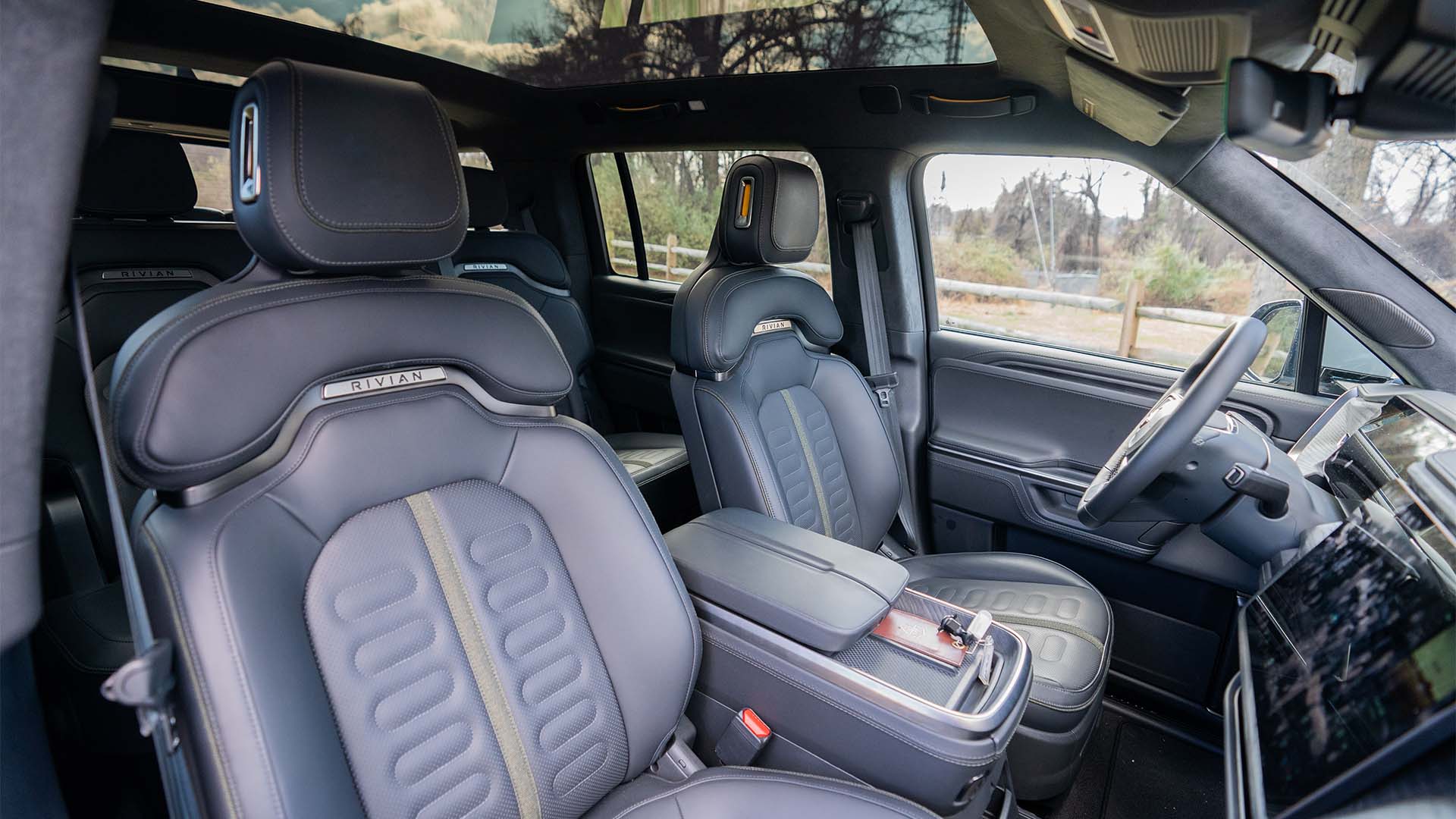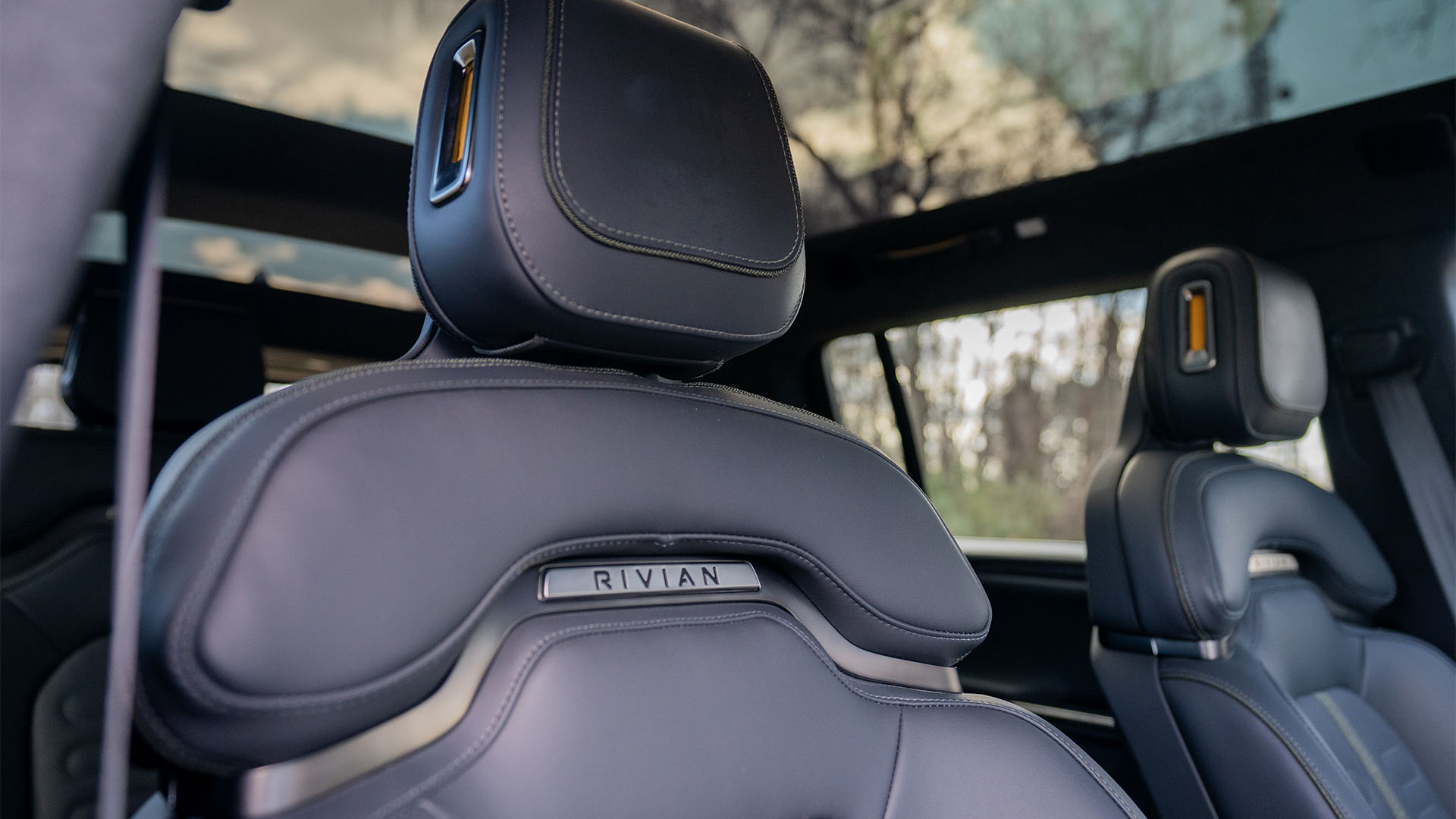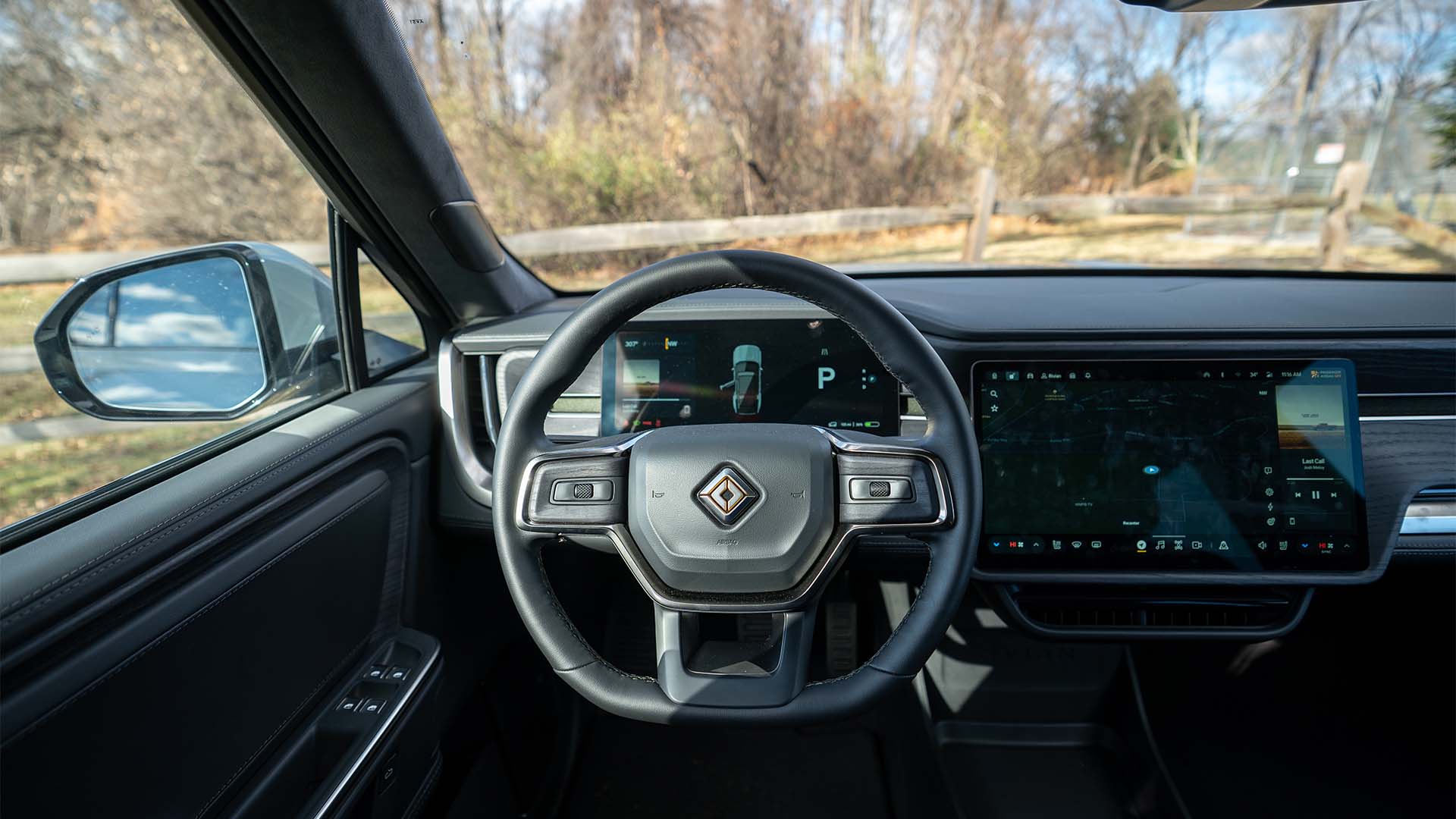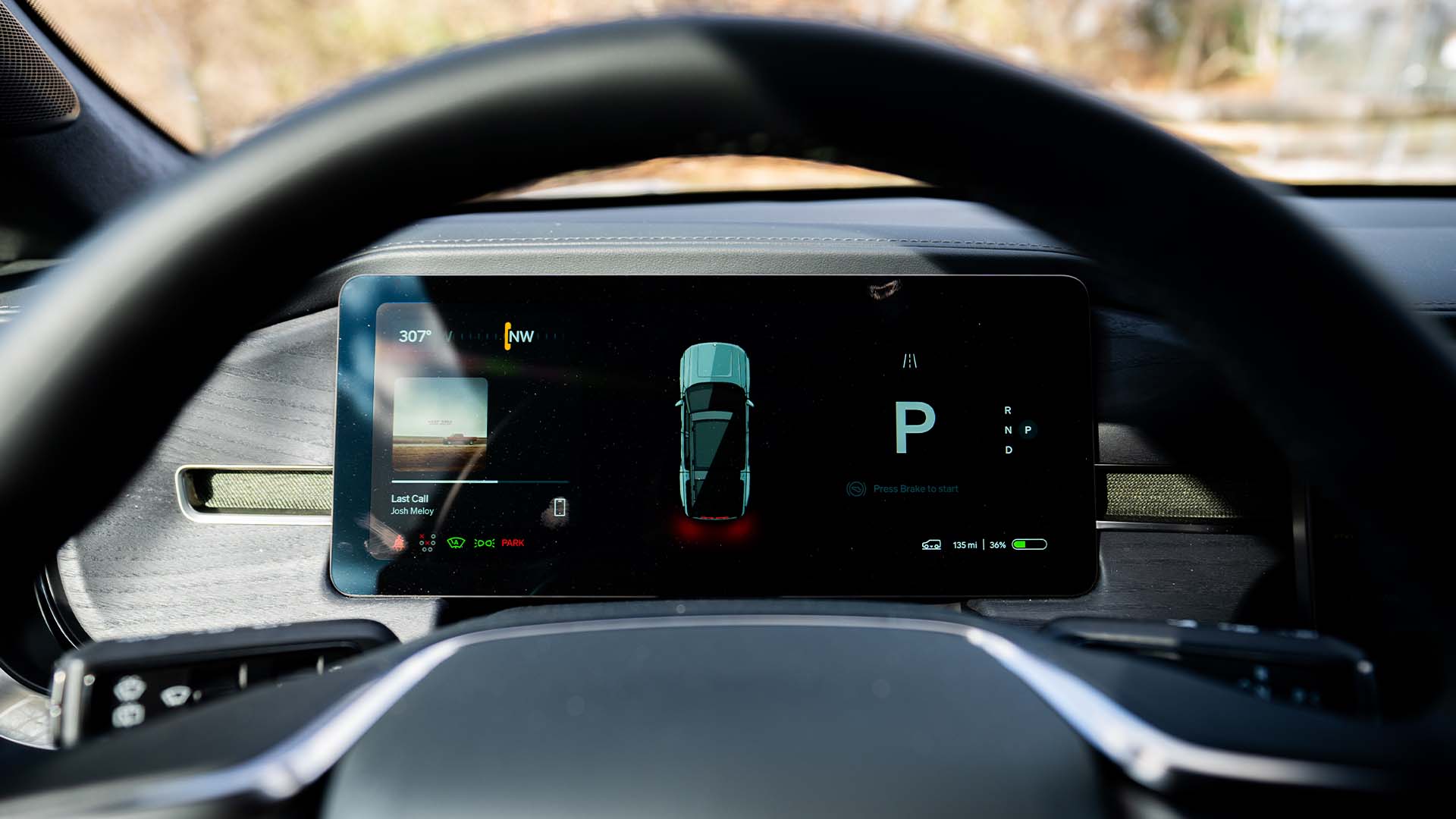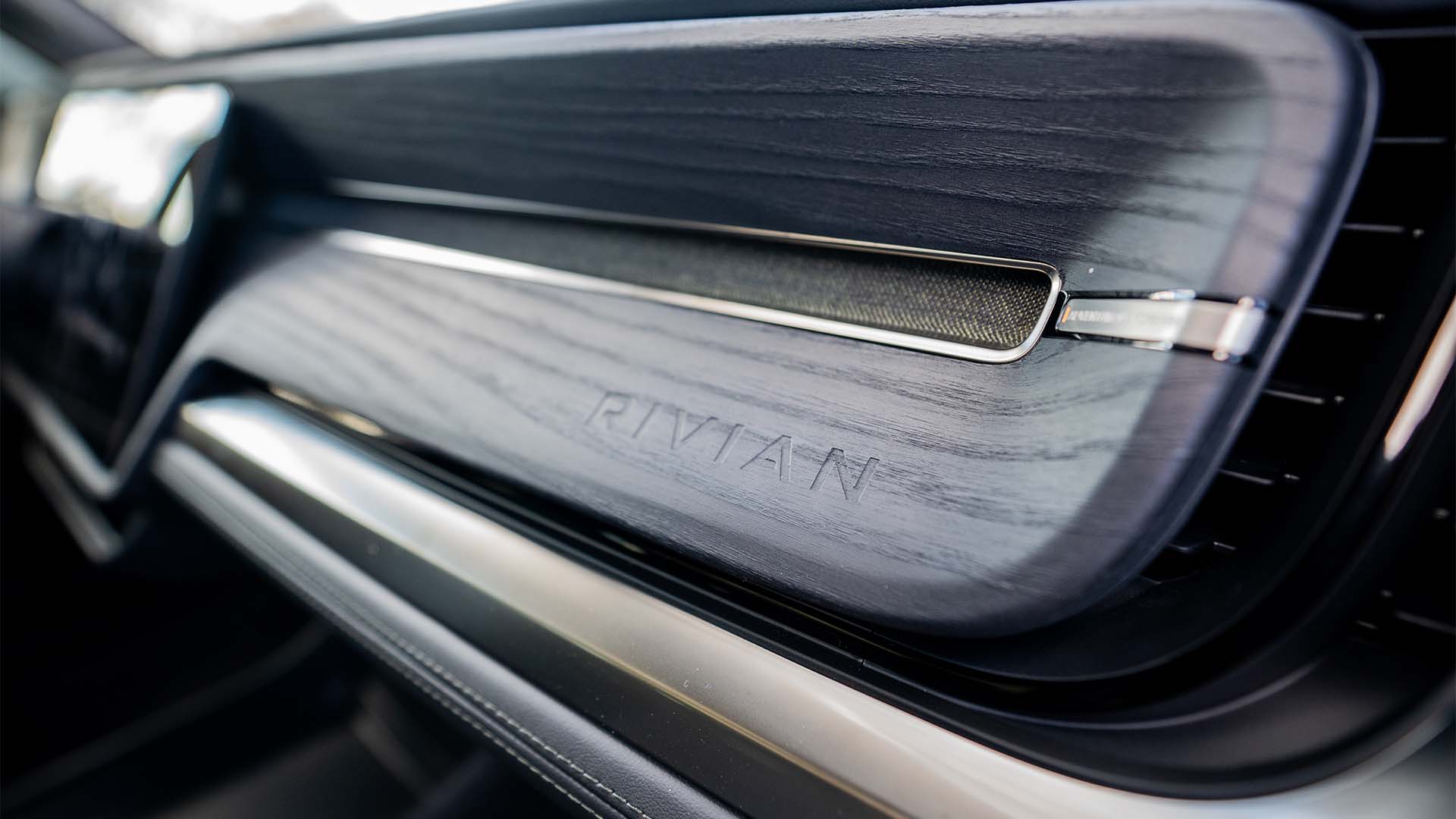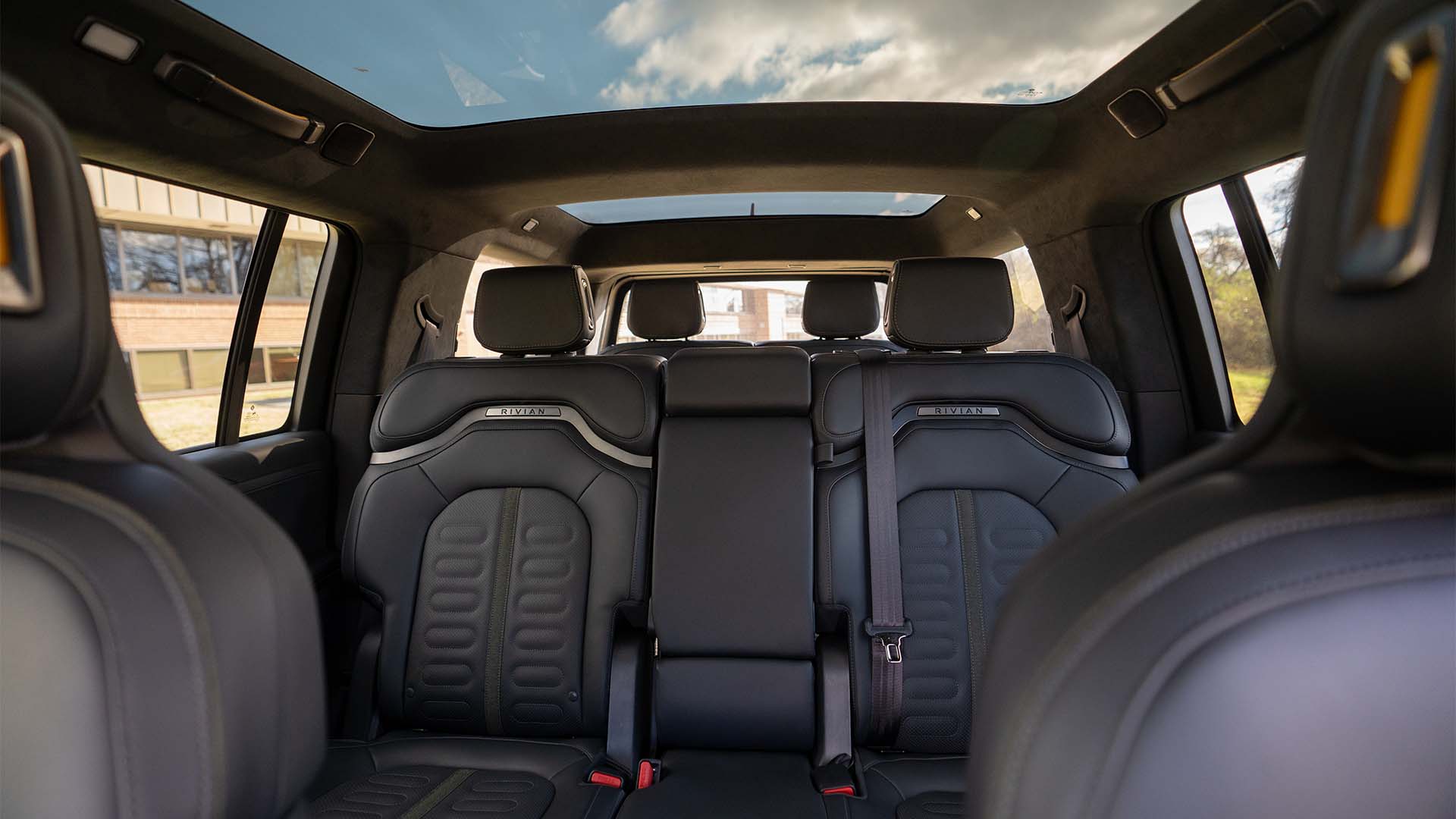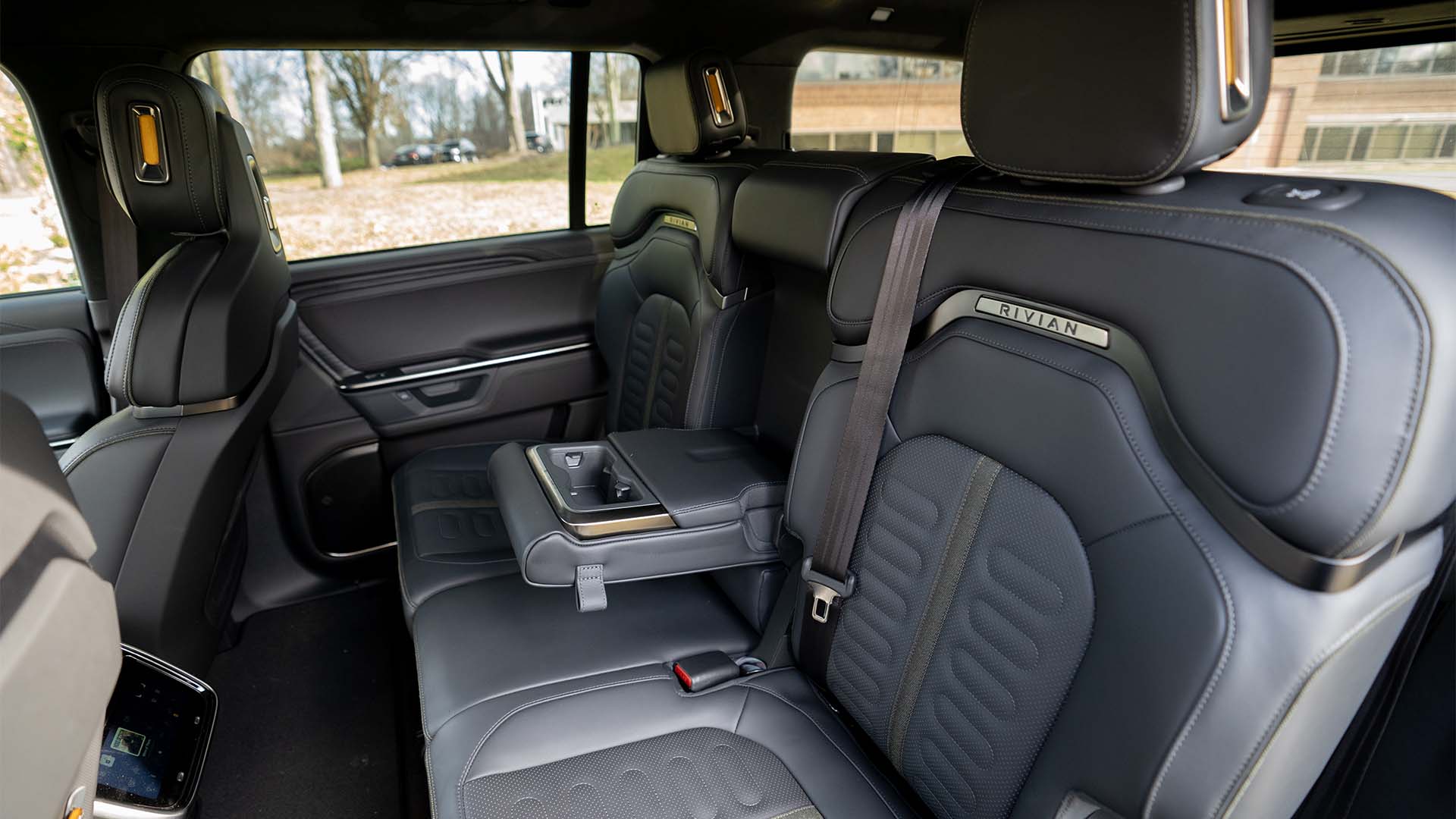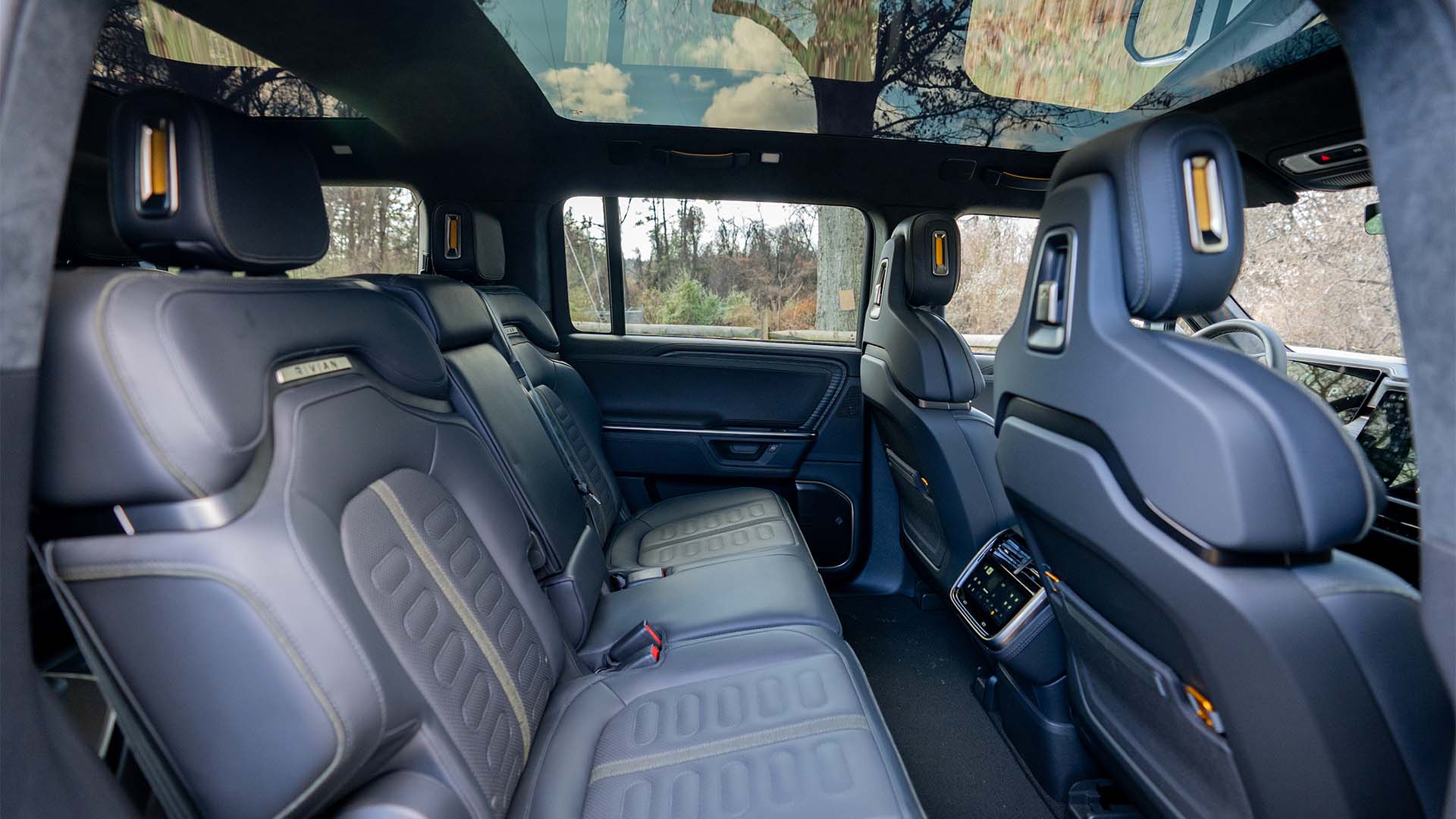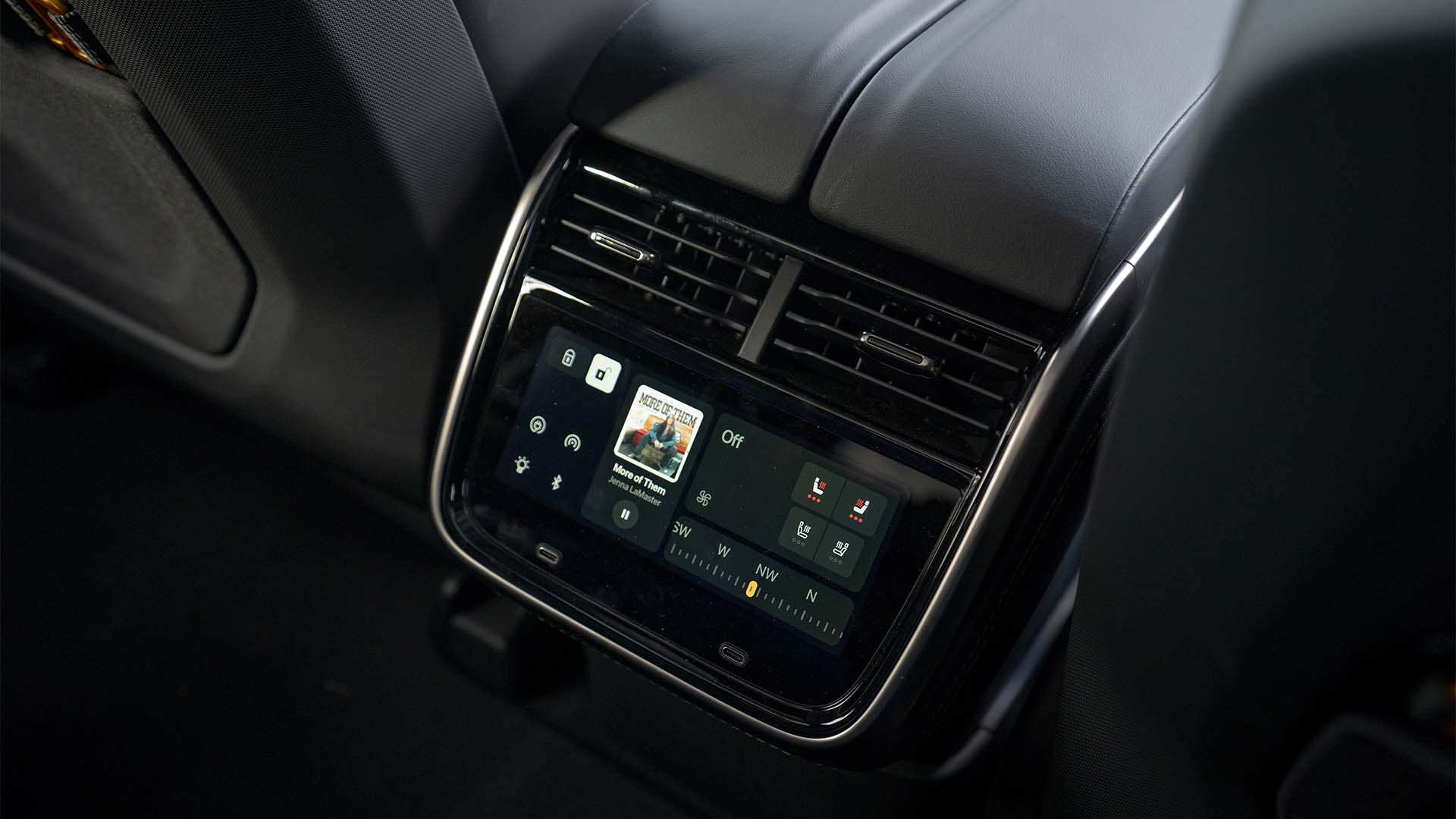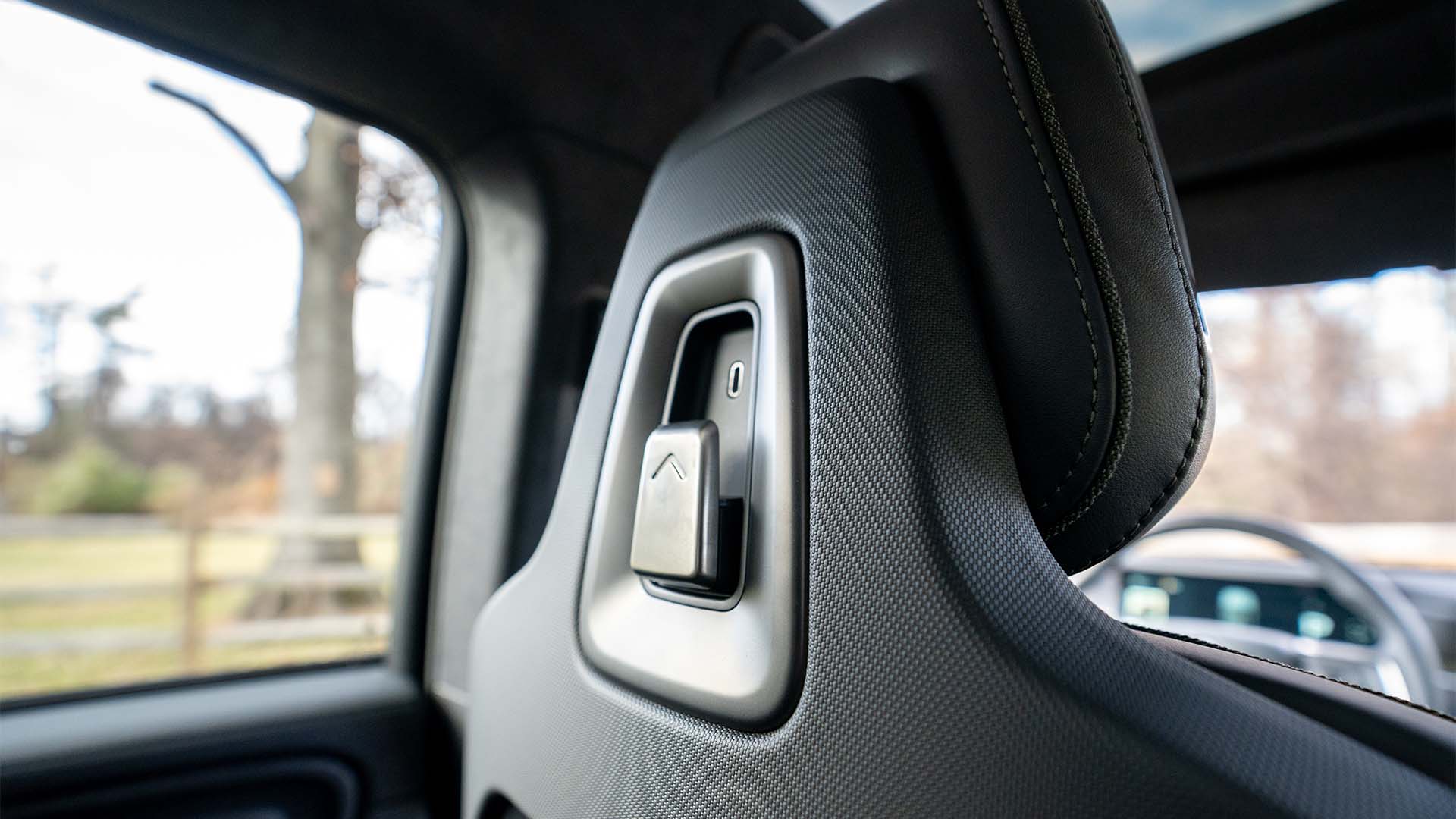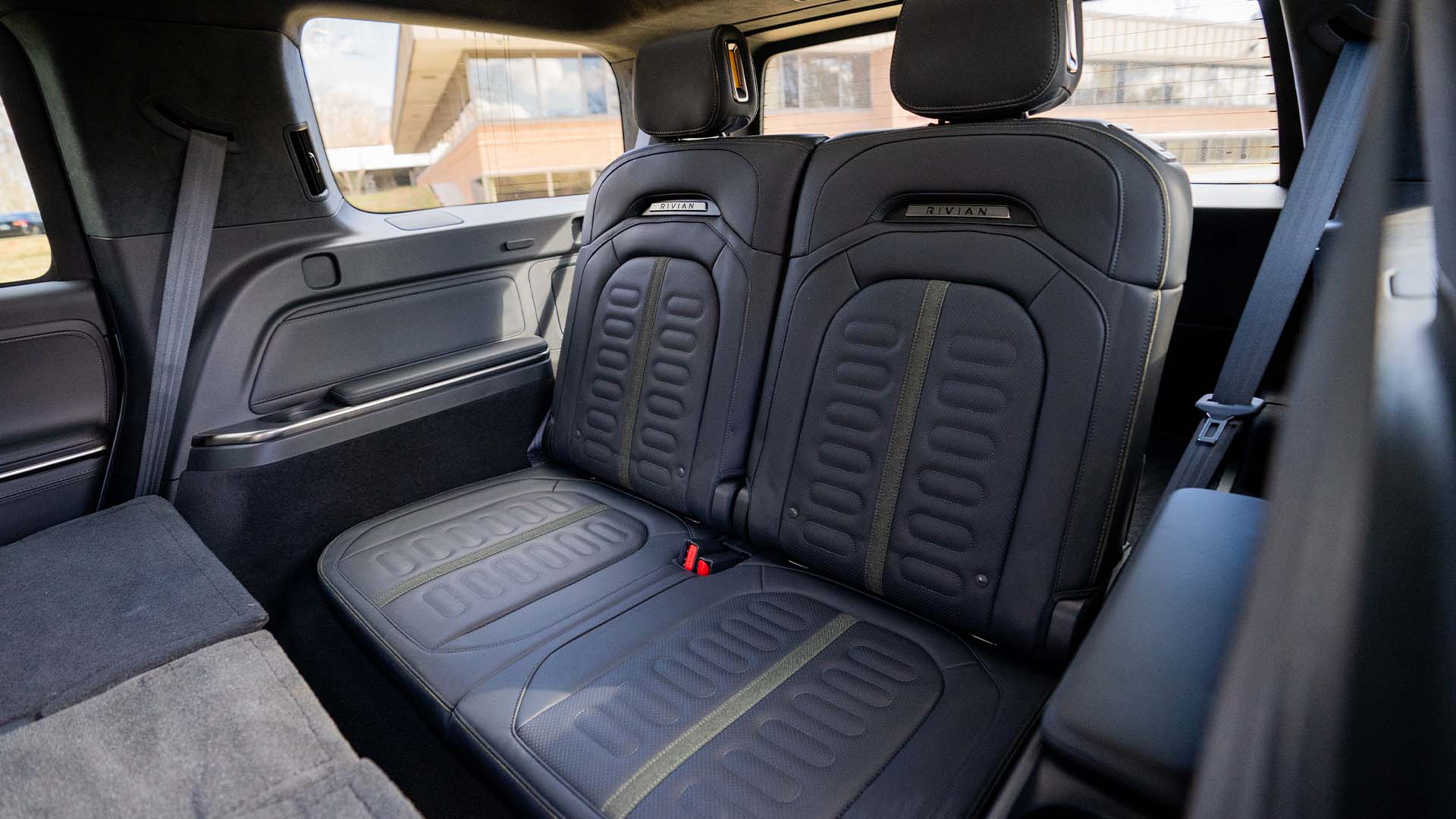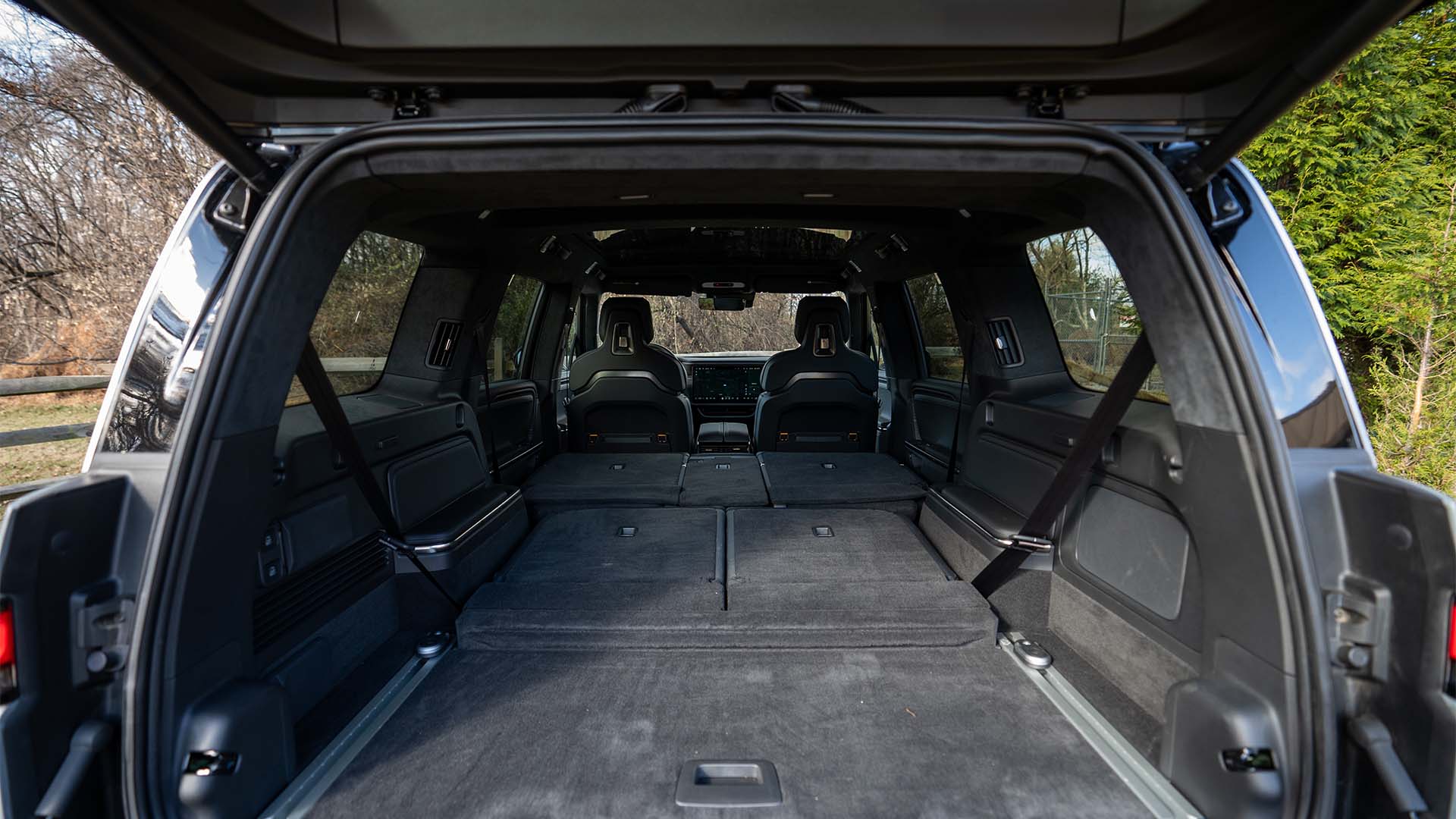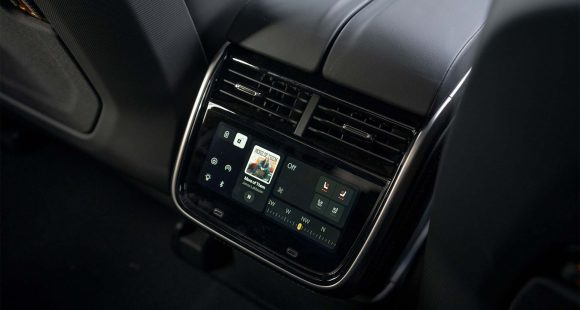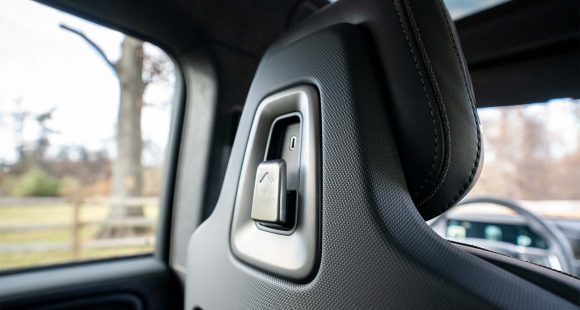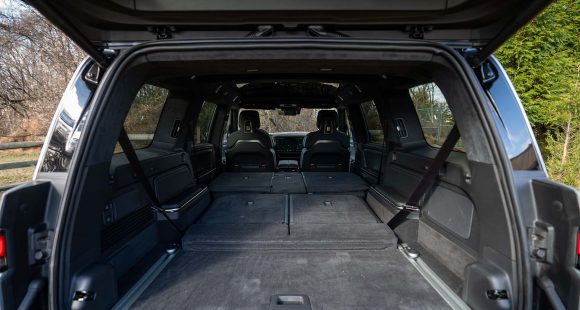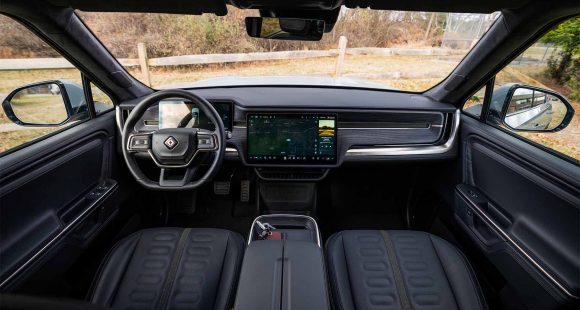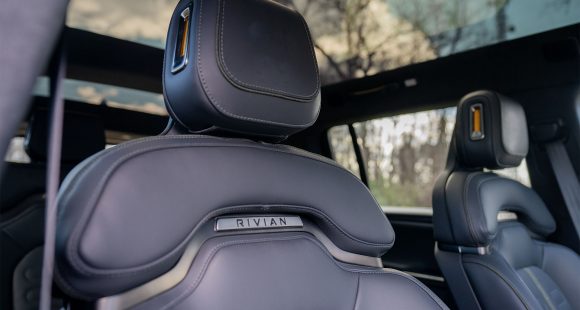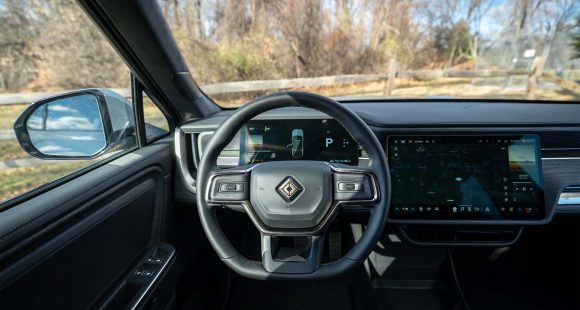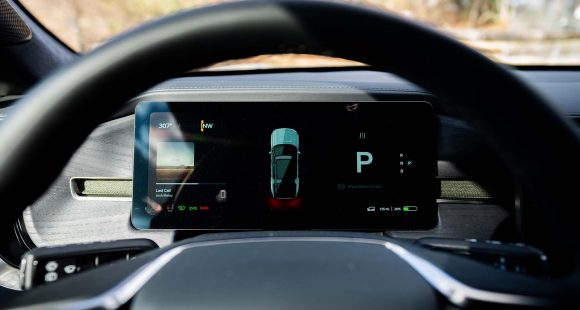2015 Lincoln MKC
The newest target for the crossover craze is small luxury utilities. Auto makers can’t seem to bring them to the market fast enough to satisfy a public hungry for luxury in a small yet versatile package. The most recent brand to plunge into the mix is Lincoln, with the compact MKC. Let’s see if this latest Lincoln can help the brand “escape” their current also-ran status and head back to prominence.
With their last few all-new vehicle launches, Lincoln has made a big deal about that particular model being the one to reverse a decline in sales and image. Well indeed, things are finally starting to look up this year on both counts and their latest, this 2015 MKC will certainly help further the cause.
This compact, premium utility is without a doubt the right vehicle at the right time; as small luxury utes are springing up everywhere, and people are just as eagerly snatching them up. And it doesn’t take much time behind the wheel to discover that being incredibly quiet and ultra-comfortable were clear priorities in this design. Long distance cruising is where the MKC’s ride really shines.
 Lincoln Drive Control includes Continuously Controlled Damping and the usual Comfort, Normal, and Sport modes to tailor your driving experience. Perhaps surprisingly, handling is on par with its primary European rivals, yet the ride remains smooth and controlled no matter the drive mode setting.
Lincoln Drive Control includes Continuously Controlled Damping and the usual Comfort, Normal, and Sport modes to tailor your driving experience. Perhaps surprisingly, handling is on par with its primary European rivals, yet the ride remains smooth and controlled no matter the drive mode setting.
It’s all turbo-4, all the time, under the hood of the MKC. You choose whether you want the boost coming from the Escape’s 240-horsepower 2.0-liter EcoBoost or a new 2.3-liter EcoBoost that outputs 285-horsepower and 305 lb-ft. of torque.
We spent all of our early drive time around Santa Barbara, California in a 2.3 and found it to be super torque-y feeling and spirited around town. But once the roads got more interesting, it and the 6-speed automatic transmission didn’t always seem to be on the same page, as there was occasional hunting for gears and power. All-wheel-drive is standard with the 2.3 and available on the 2.0. Torque Vectoring Control is standard on all.
Lincoln didn’t release a 0-60 time, but the 2.3 should just best the Escape 2.0s 7.0-seconds. Towing capacity is actually greater with the 2.0-liter, but at 3,000-pounds it’s still rated 500-pounds less than in the Escape.
Like the MKZ sedan, the trans is controlled by push buttons on the dash. It works fine, unless you’re in a hurry doing 3-point turns, as there is some lag time between Drive and Reverse.
 It’s lux to the max inside, as most materials are both good to look at and touch. With the possible exception of the center stack, where function appears to overcome form. But kudos to Lincoln for actually adding buttons and knobs to the Sync with MyLincoln Touch interface.
It’s lux to the max inside, as most materials are both good to look at and touch. With the possible exception of the center stack, where function appears to overcome form. But kudos to Lincoln for actually adding buttons and knobs to the Sync with MyLincoln Touch interface.
Front seats are large and comfortable and just about every current tech feature you can think of is available. Rear seats are equally comfortable and the space is pretty roomy for a compact. As for storage, cargo volume is also less than the Escape at 25.2 cubic-ft. behind the 2nd row, expanding to 53.1 cubic-ft with the standard 60/40 split-folding seat backs lowered.
Wow factor features include an epic panorama Vista Roof, and approach detection with cool but gimmicky welcome mat lighting.
The same can be said about the highly sculpted exterior. It looks cool and very athletic, yet also a little attention-seeking.
The MKC obviously shares the Ford Escape’s chassis, but body panels are more smooth and classy than edgy. Upper bodylines are reminiscent of the Hyundai Santa Fe. Out back, the full width tail lights and unique wraparound lift gate give the appearance of a road-going, art deco toaster.
The retro split winged grille is back, and here less objectionable, though none of our crew appreciated the tired 90’s gray cladding that encircles the MKC.
Taking self-parking to the next level is Park Out Assist which helps guide the driver out of tight parallel parking situations.
 Government Fuel Economy Ratings for the 2.3 are 18-City, 26-Highway, and 21-Combined with Regular gas. Making the Energy Impact Score very much average for all vehicles at 15.7-barrels of annual oil consumption with CO2 emissions of 7.0-tons.
Government Fuel Economy Ratings for the 2.3 are 18-City, 26-Highway, and 21-Combined with Regular gas. Making the Energy Impact Score very much average for all vehicles at 15.7-barrels of annual oil consumption with CO2 emissions of 7.0-tons.
Base pricing of $33,995 is probably the best news yet, as that is significantly less than most rivals. But stepping up to the 2.3-liter requires a more considerable investment. Technically, it’s only about 11-hundred dollars more, but as for now, Lincoln requires you to also step up to Select trim, which brings your total to $40,860.
And that’s where things get muddled for the entire small luxury crossover segment. When you hit that 40K mark, there are quite a few larger options out there. Still, among its smallish peers, the 2015 Lincoln MKC stacks up well as it is a very nimble, well-crafted piece. And, it will certainly do its part on putting the Lincoln brand back on track.
Specifications
- Horsepower: 285
- Engine: 2.3-liter
- Torque: 305 lb-ft.
- 0-60 mph: 6.8 seconds est.
- EPA: 18 mpg city/ 26 mpg highway
- Energy Impact: 15.7 barrels of oil/yr
- CO2 Emissions: 7.0 tons/yr
2025 Rivian R1S
Major Reboot for Rivian R1S
With just about every mainstream carmaker now onboard with battery-electric vehicles, EV-only brands are hoping there are still plenty of people out there willing to think outside the box. So, let’s see if Rivians latest R1S utility can make the case for taking the EV road less traveled.
Big changes have happened in the short time since the Rivian R1S first hit the streets three years ago. As for 2025, there are updates that touch just about every aspect of the vehicle. Yes, despite looking almost exactly the same outside, Rivian claims that beneath the surface, their entire electrical architecture has been significantly updated, eliminating a whopping mile and a half of wiring and 10 computer assemblies, allowing for more efficient operation.
But look closely and you will see their signature vertical oval headlights are updated with a new matrix of LED lights that can cycle individual elements on and off to provide maximum illumination where you need it without distracting oncoming drivers.
Not much change in the look of the interior either, but the synthetic leather upholstery is still very nicely done, though most touchpoints feel more rugged than luxury minded. With the exception of a couple controls on the steering wheel, you do still have to do almost everything on the R1S’s 15.6-inch touchscreen, but the user interface has been improved. So, while we do wish they could have reverse-engineered a knob or two into the mix, we realize full touchscreen interface is just what people expect in their high-end EVs these days, and at least it works better than before. And the gauge display still wows you with the amount of information it displays and is mounted high enough that no additional head-up display is needed. A new Rivian Autonomy Platform uses 11 cameras, five radars and A.I. for self-driving, or just to monitor what’s going on around the vehicle even when it’s parked.
This [EV] really feels fast, sitting you up high and throwing you back in your seat with authority.
Rivian has also given the R1S a substantial suspension revision with new spring rates, bushings, and mounts; along with new tuning for the adaptive dampers and roll-mitigation system. It does provide a more balanced street attitude, but it still rides like a truck. That’s great if that’s the experience you’re looking for; not as ideal if you’re looking for more of the smooth luxury-style treatment.
All R1Ss are all-wheel drive, but there’s a wide variety of powertrain options including a new Tri-Motor setup. Outputs range from the standard Dual-Motor’s 533 horsepower to the Quad-Motor’s impressive 1,025. There are several battery packs as well, delivering as much as 410 miles of range, giving the R1S the highest rating of any SUV on the market right now. Our Adventure trimmed tester featured the 665-horsepower Performance version of the Dual-Motor arrangement, with the Max battery and 20-inch wheels with all-terrain tires.
Theoretically, that setup is rated for 370 miles, but perhaps we were enjoying the “performance” theme too much as our results were well short of that, using 68% of the battery to drive only 189 miles, putting our estimated range around 278 miles. Using 43 kilowatts of electricity for every 100 miles earns the R1S a fair efficiency rating.
But all was forgiven at our Mason Dixon test track when this Rivian started blasting us to 60 in 3.8 seconds. Yes, there are faster EVs, but this one really feels fast, sitting you up high and throwing you back in your seat with authority, while the rear of the truck squats down substantially before hurling you off the line and down the track. Power delivery stayed strong the entire time, cranking away until we cleared the quarter-mile in 10.5 seconds at 108 mph.
Despite this utility’s substantial size and weight, we were able to keep a pretty fast pace through the cones of our handling course. The all-terrain tires obviously didn’t grip the pavement as well as all-seasons would, but the low center of gravity kept things very flat. Yes, it does feel very heavy, but the brakes were more than up to the task, stopping us from 60 mph in a very short 103 feet with surprisingly little nosedive and no fade.
Pricing starts at $77,700 for the Dual-Motor with Standard battery pack; our Dual-Motor Performance with the Max battery and All-Terrain Package came in just over $102,000.
While Rivian has had great initial success; sustaining that success will be a much tougher task. But, if they continue to put as much effort into improving their products as they have here with the 2025 R1S, we think their winning streak will only accelerate.
Specifications
As Tested
- Motor Setup: Dual Motor
- Battery Size: 141.5 kWh
- Horsepower: 665
- Torque: 829 lb-ft
- EPA Range: 370 miles
- 0-60 mph: 3.8 seconds
- 1/4 Mile: 10.5 seconds at 108 mph
- Braking, 60-0 (avg): 103 feet
- MW Test Loop: ~278 miles







